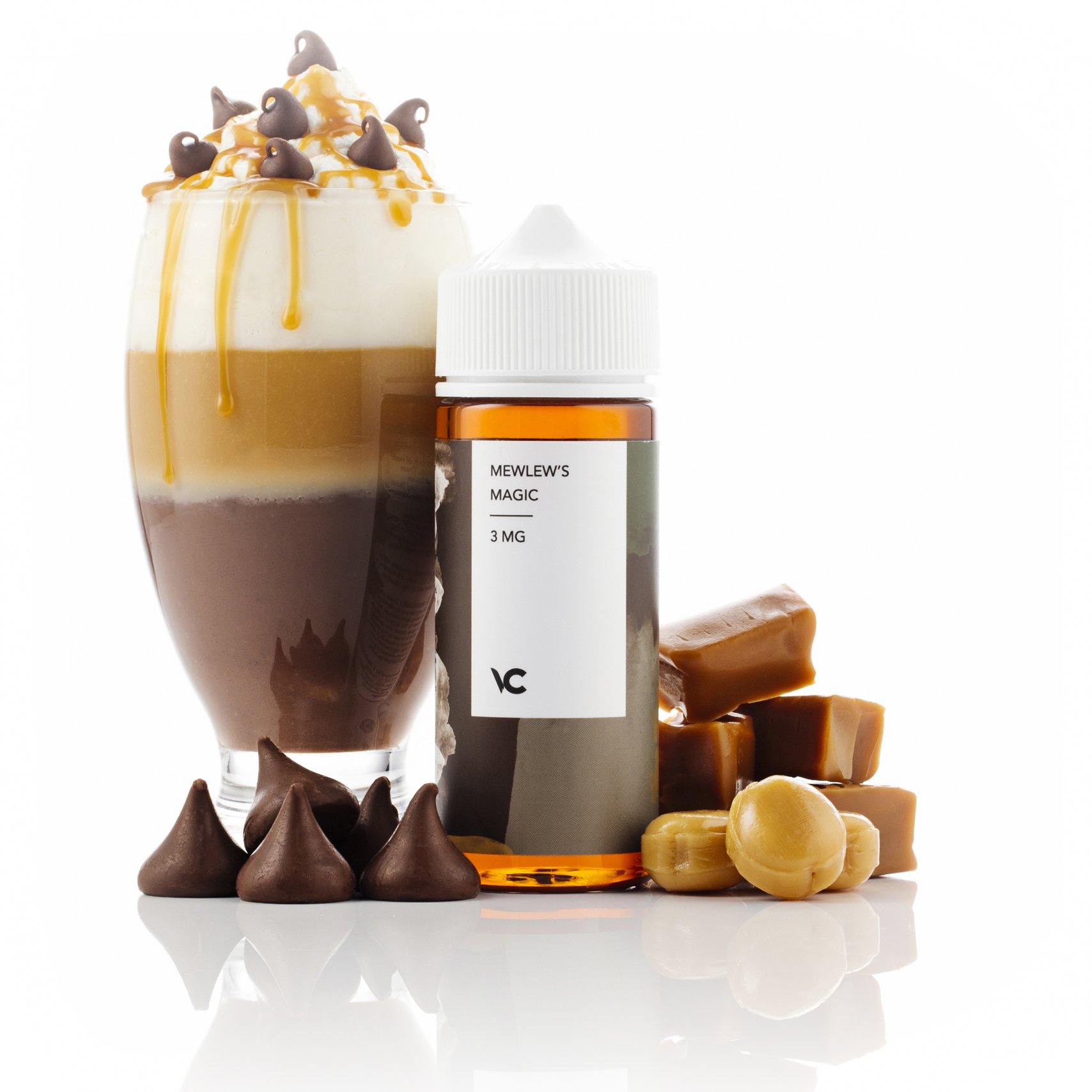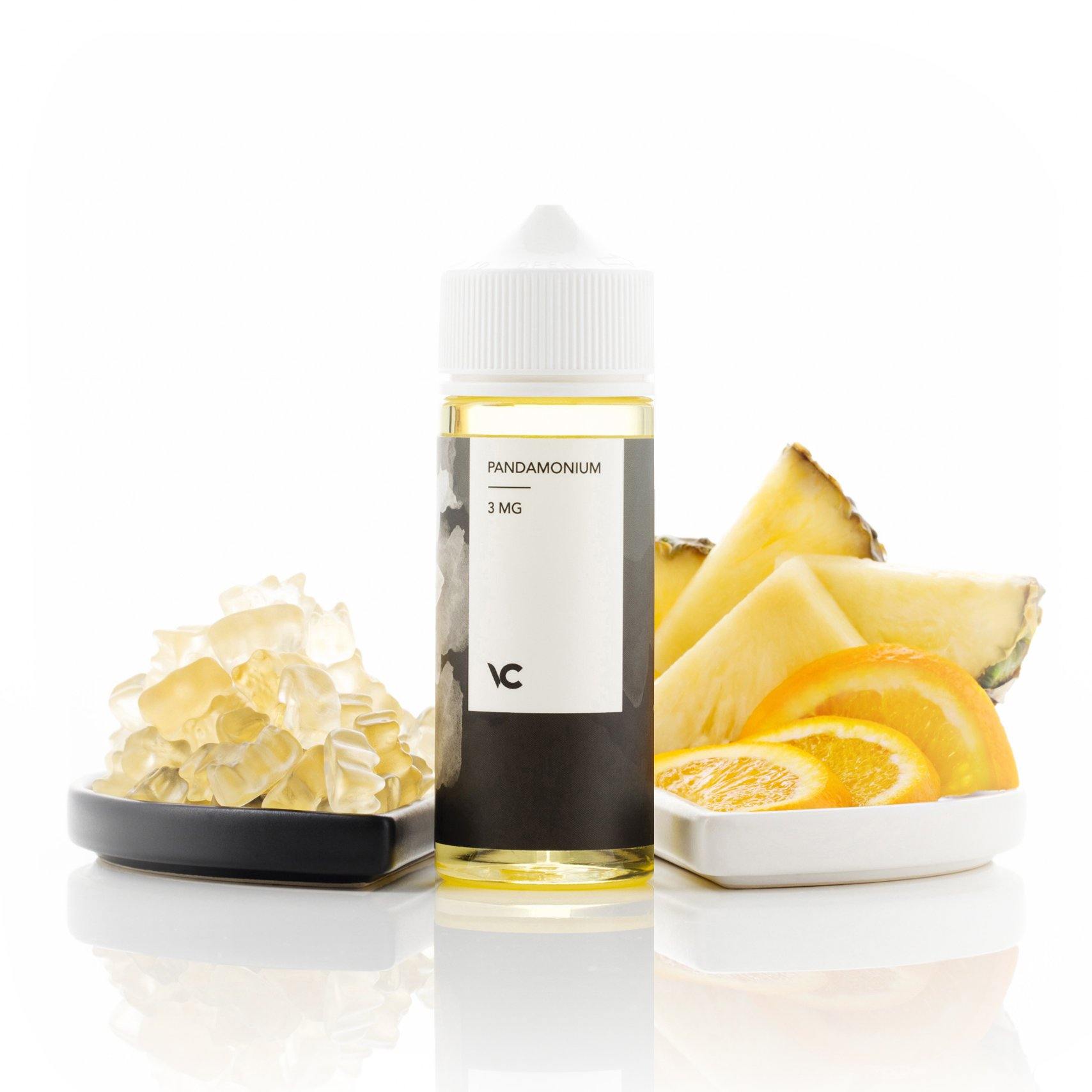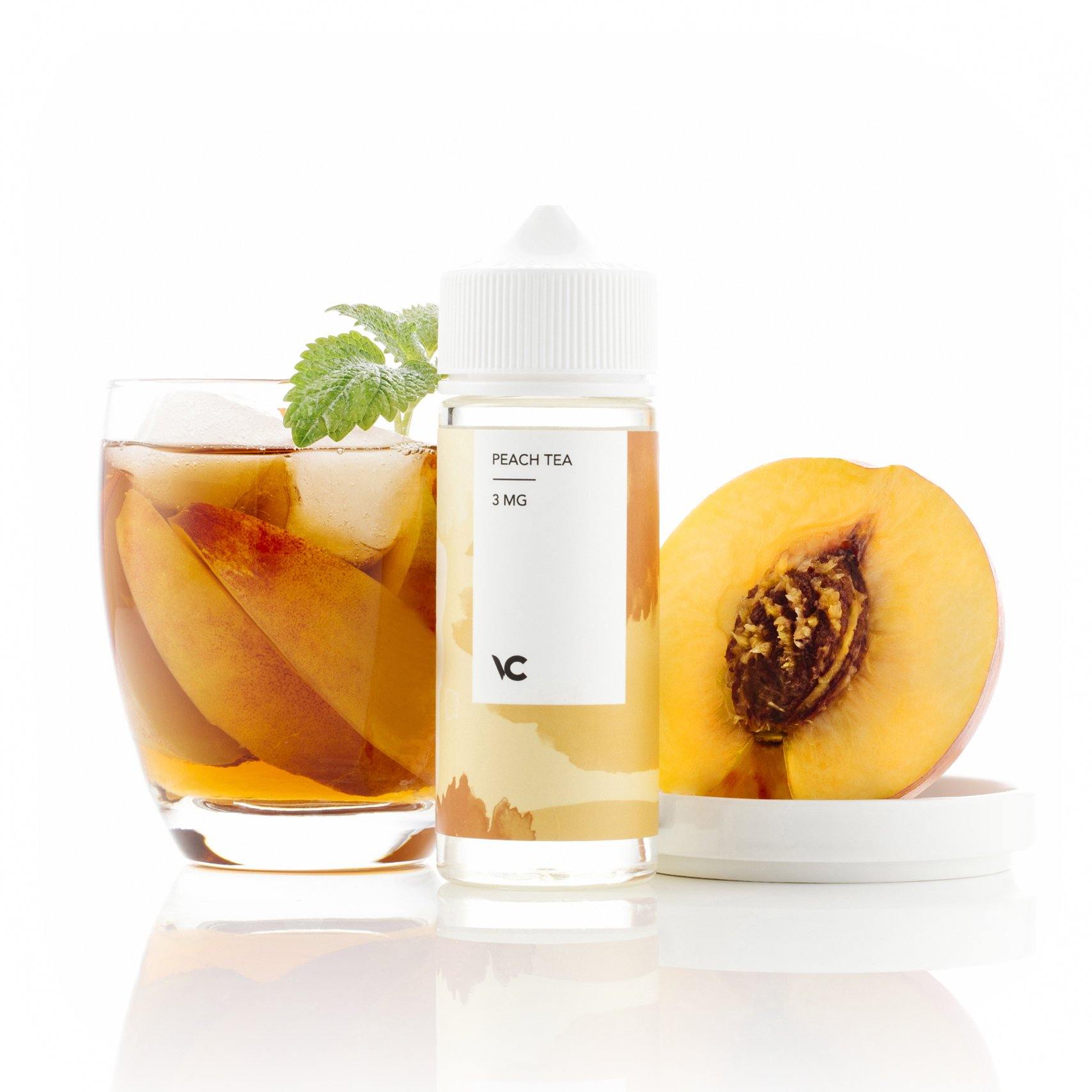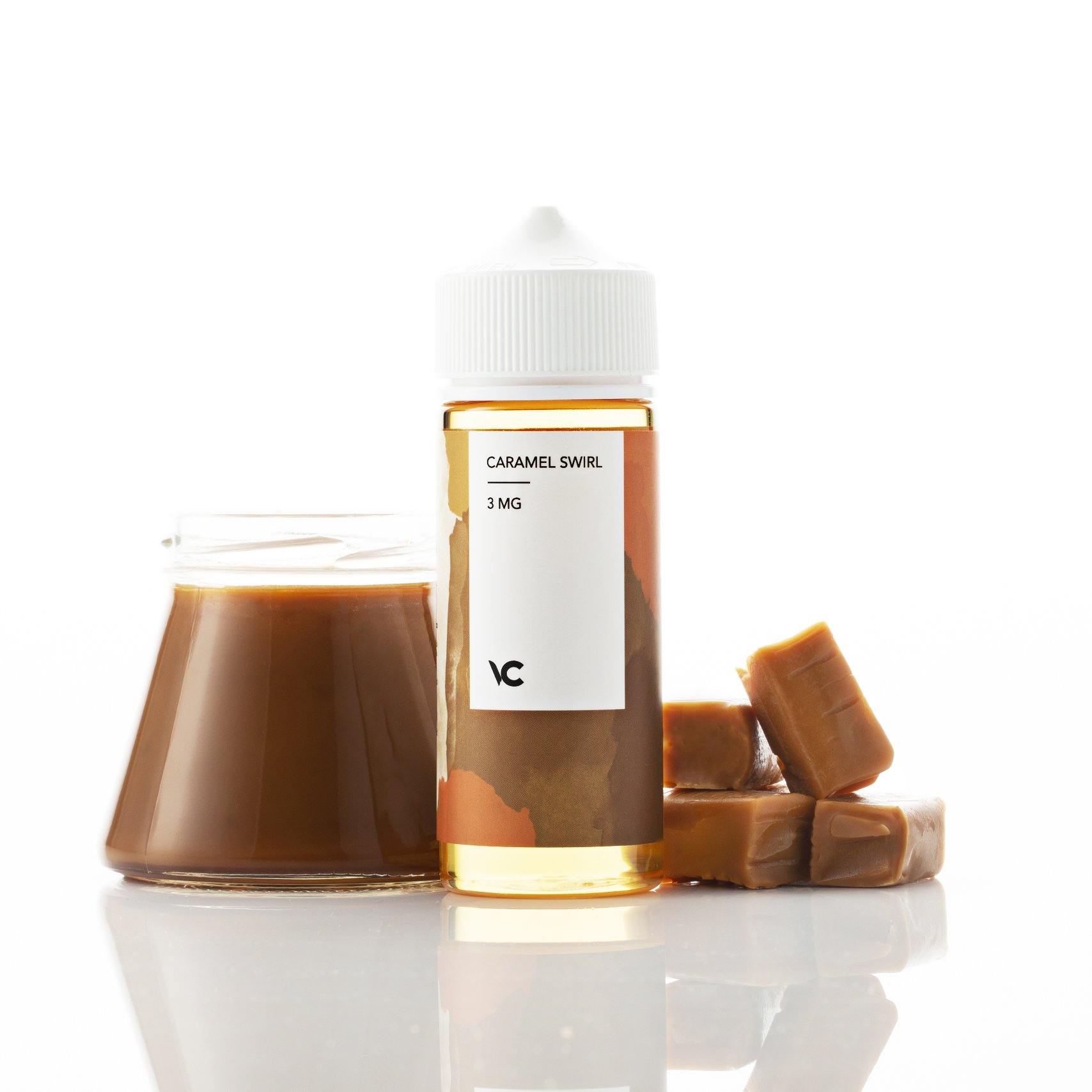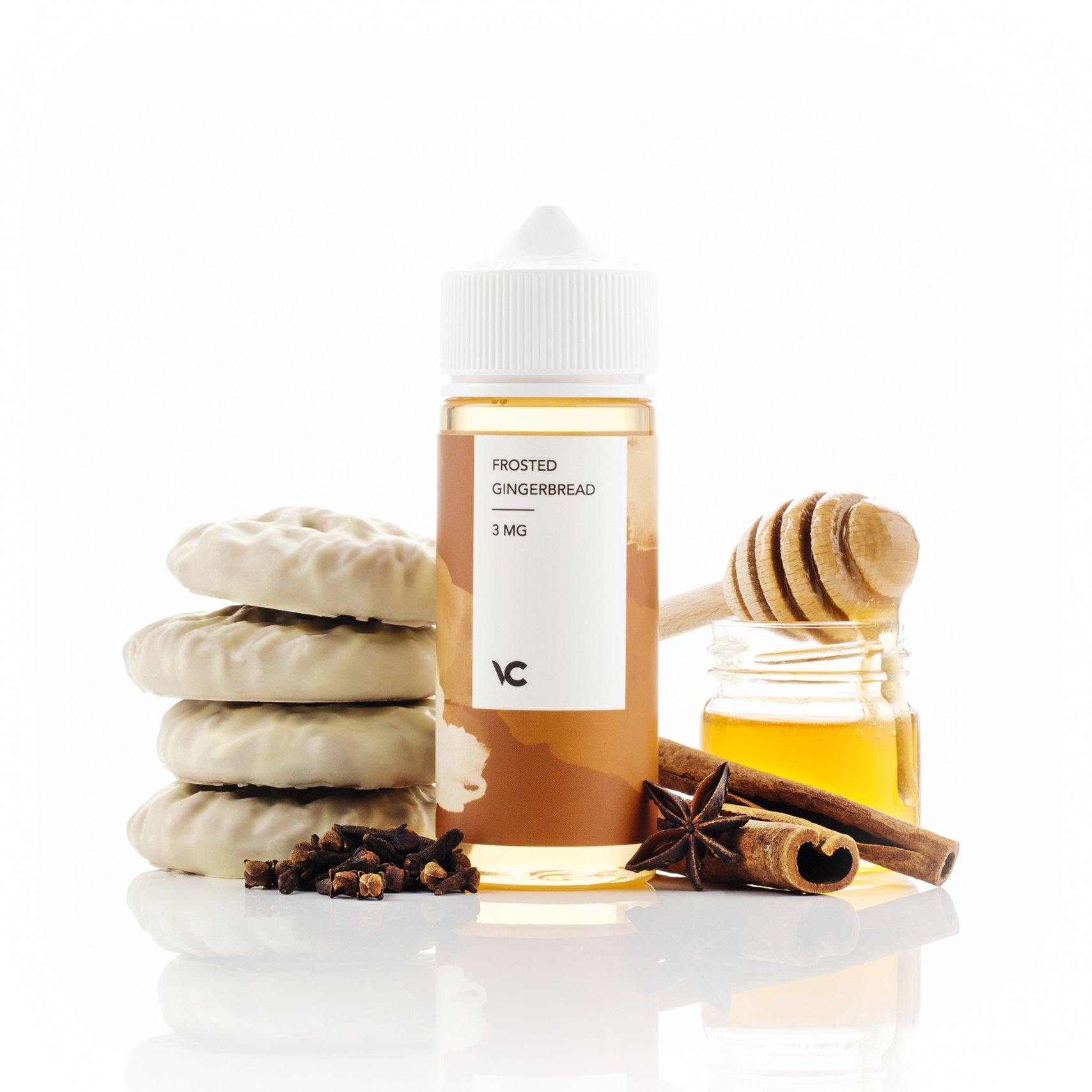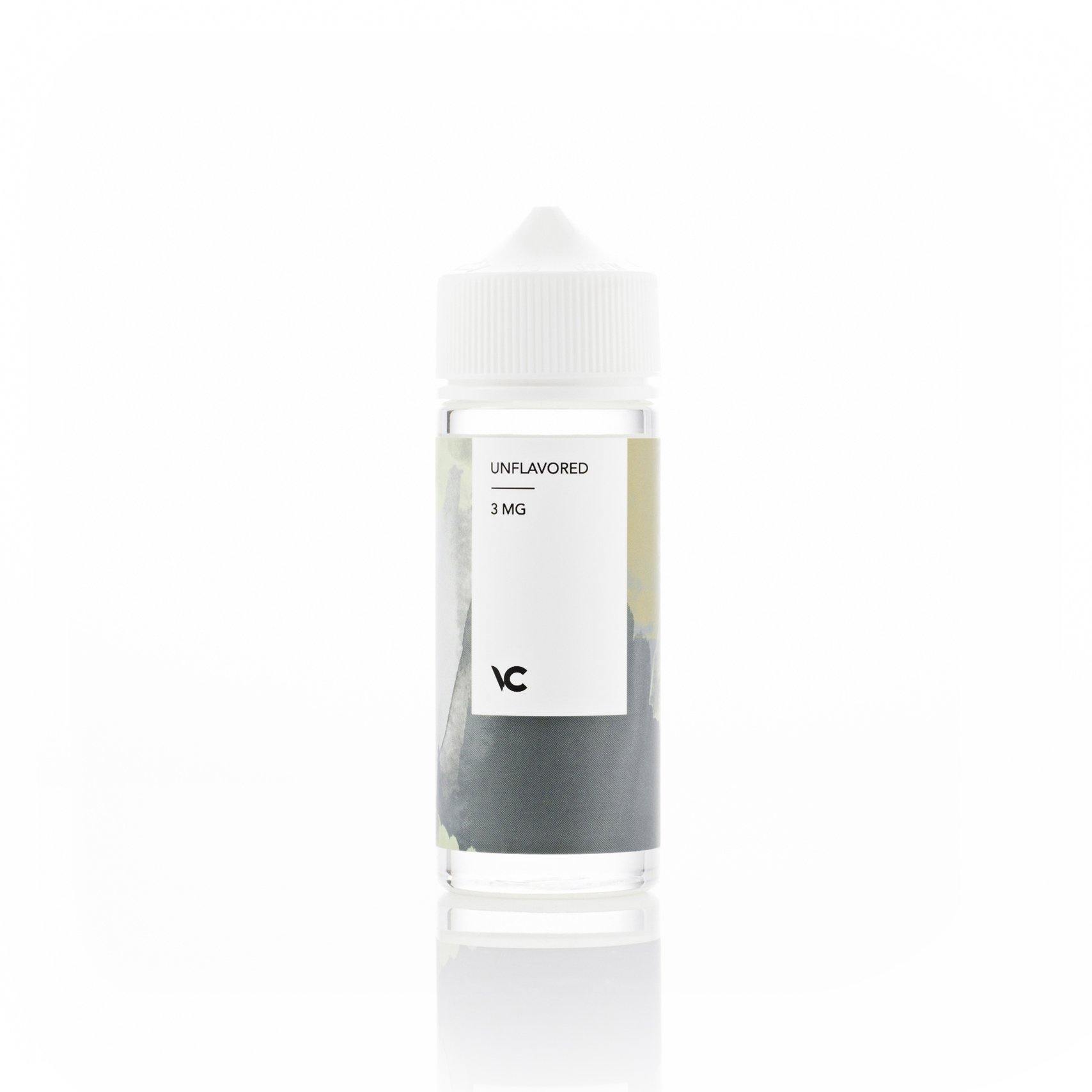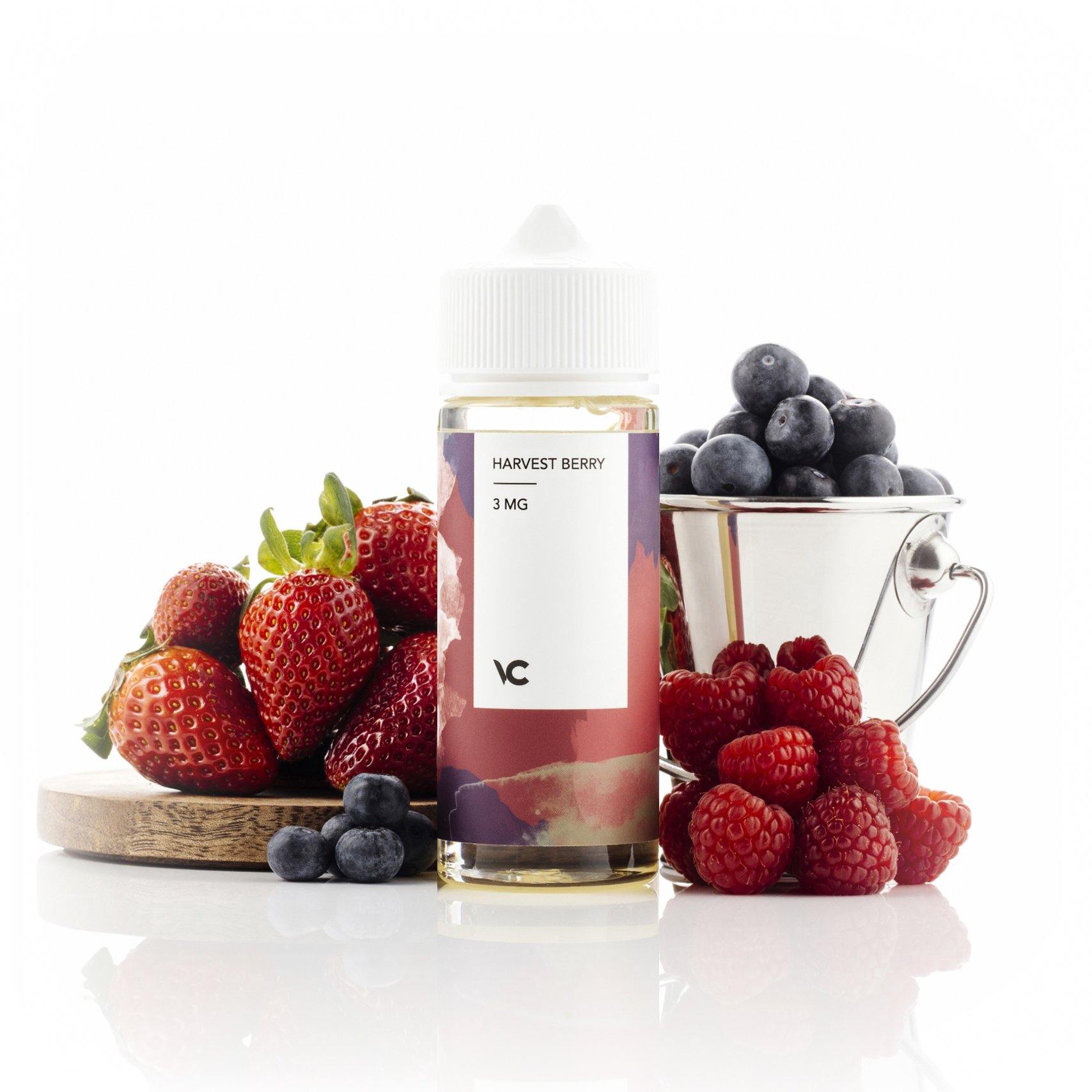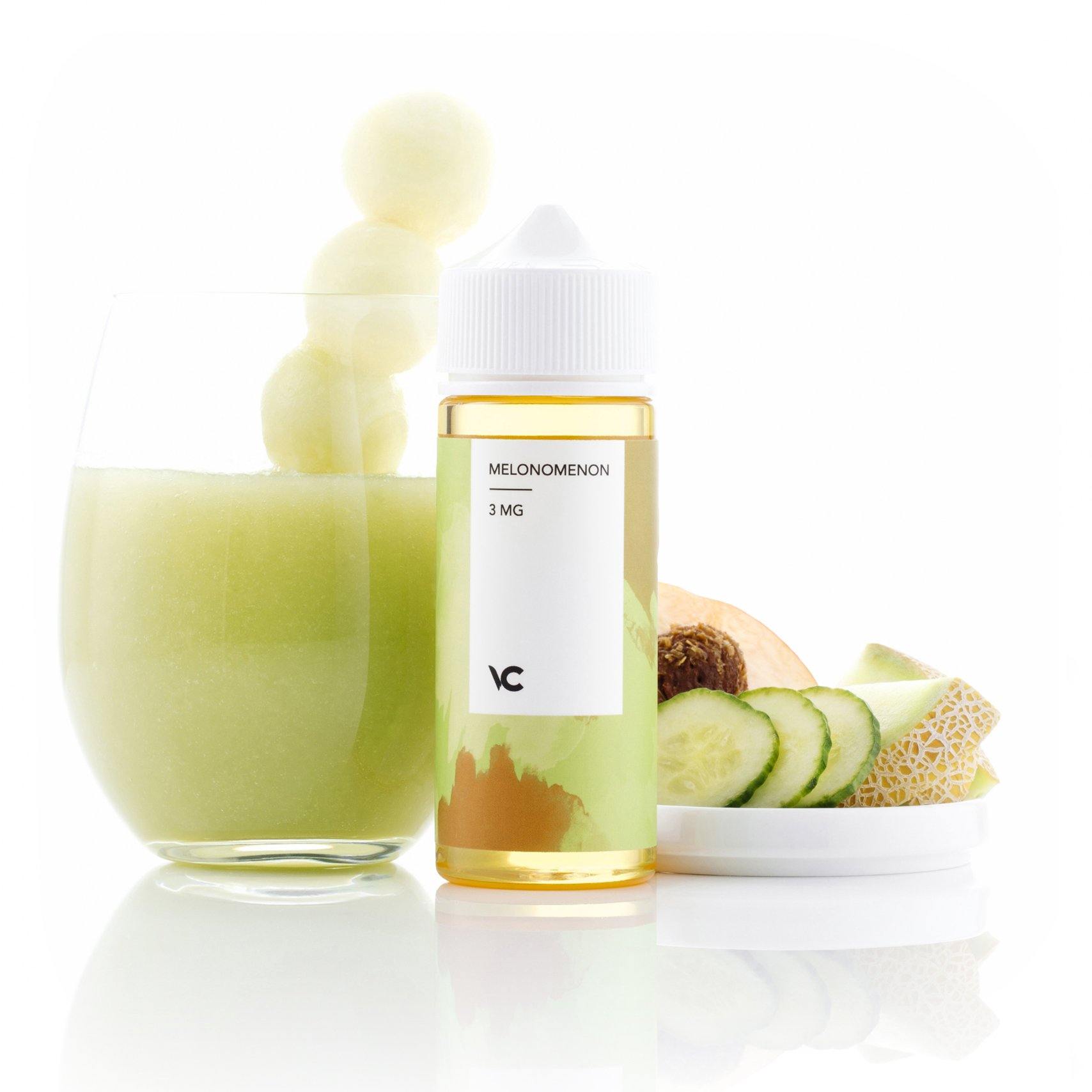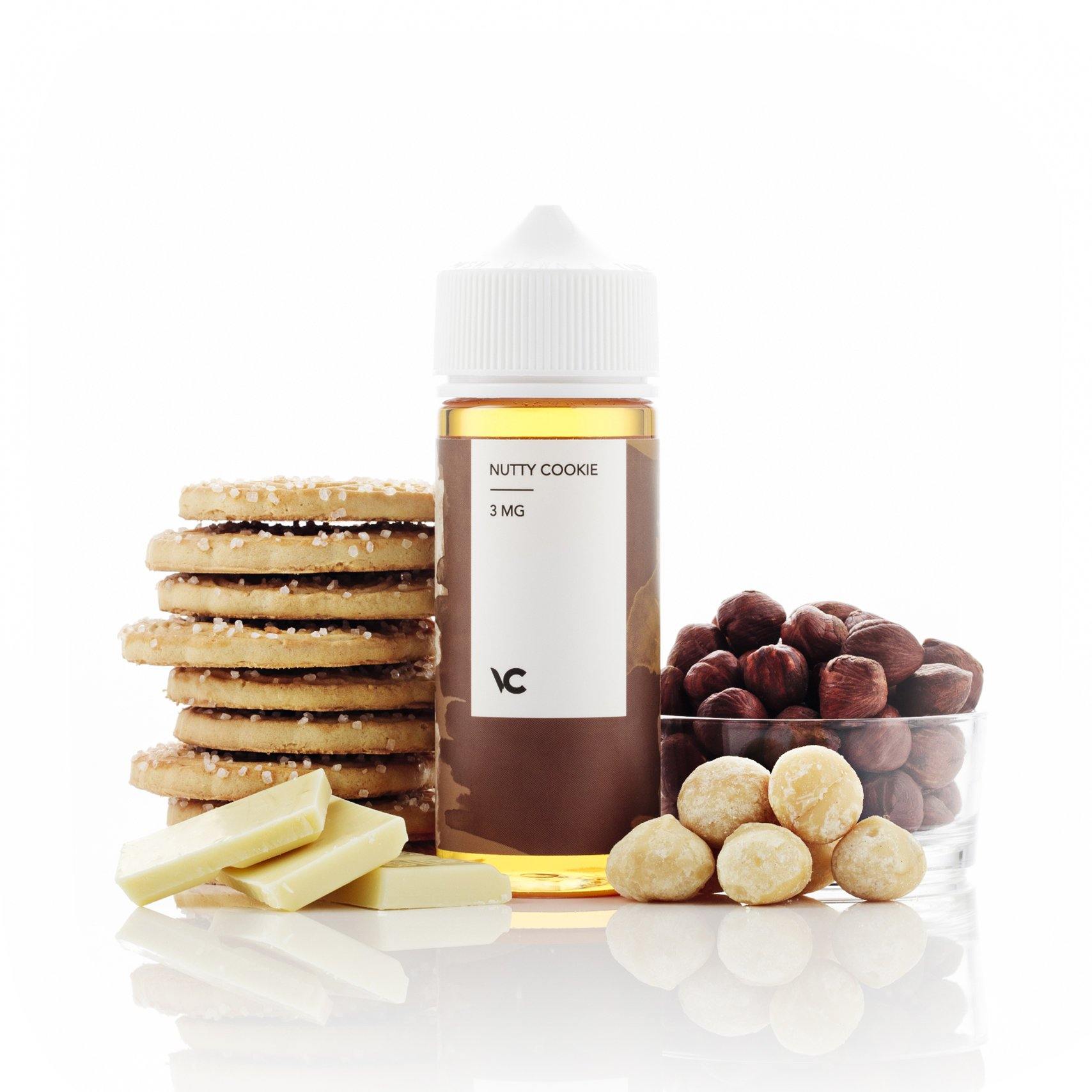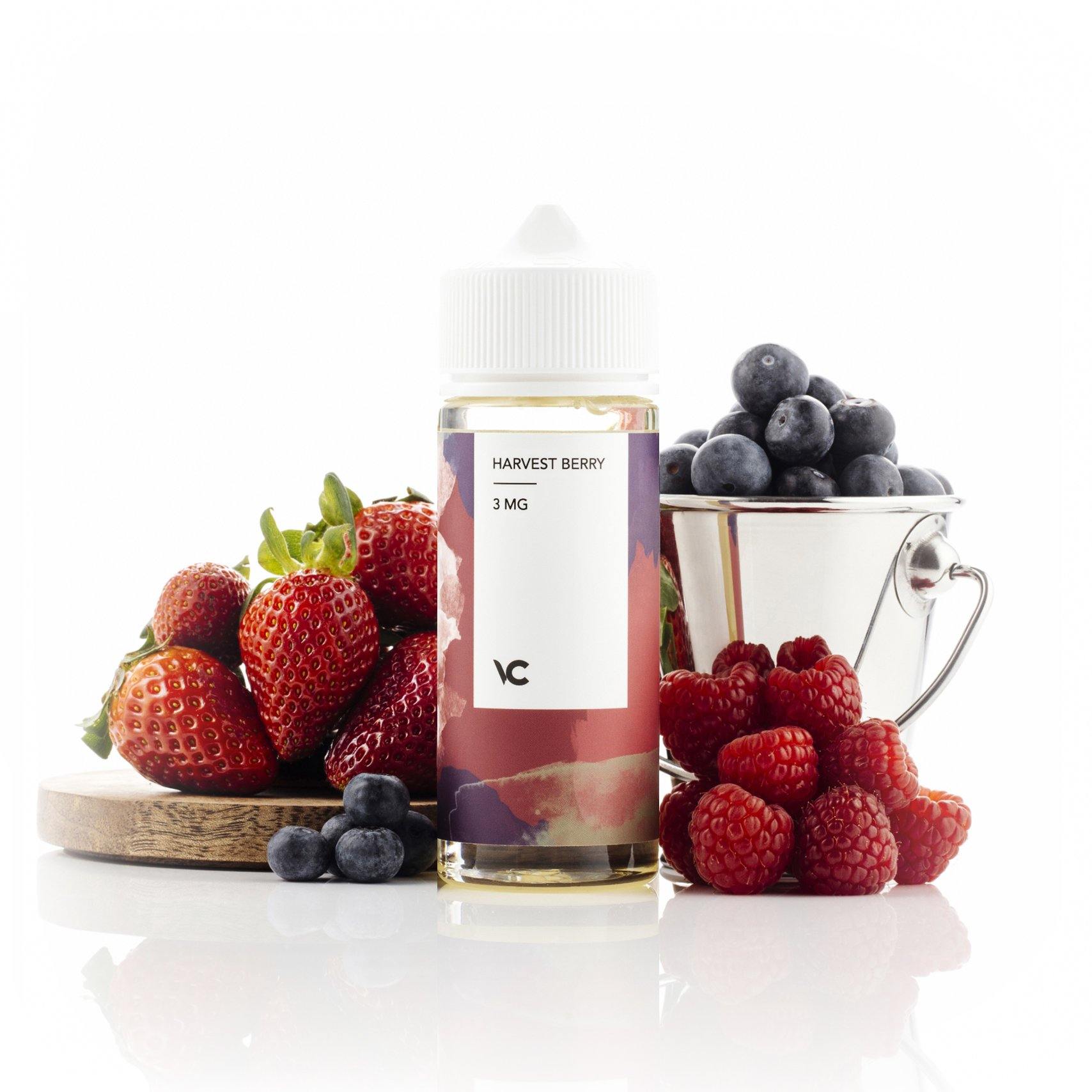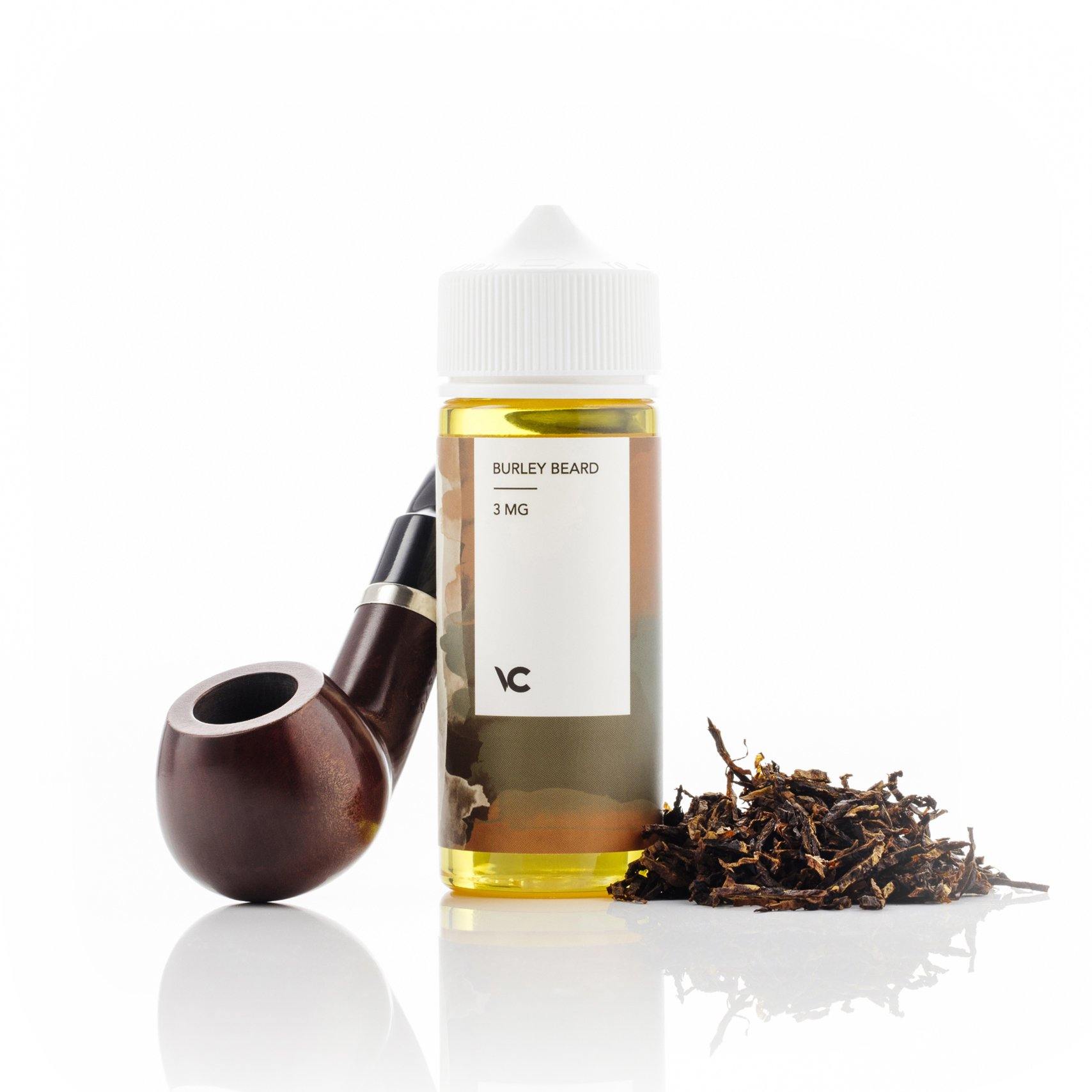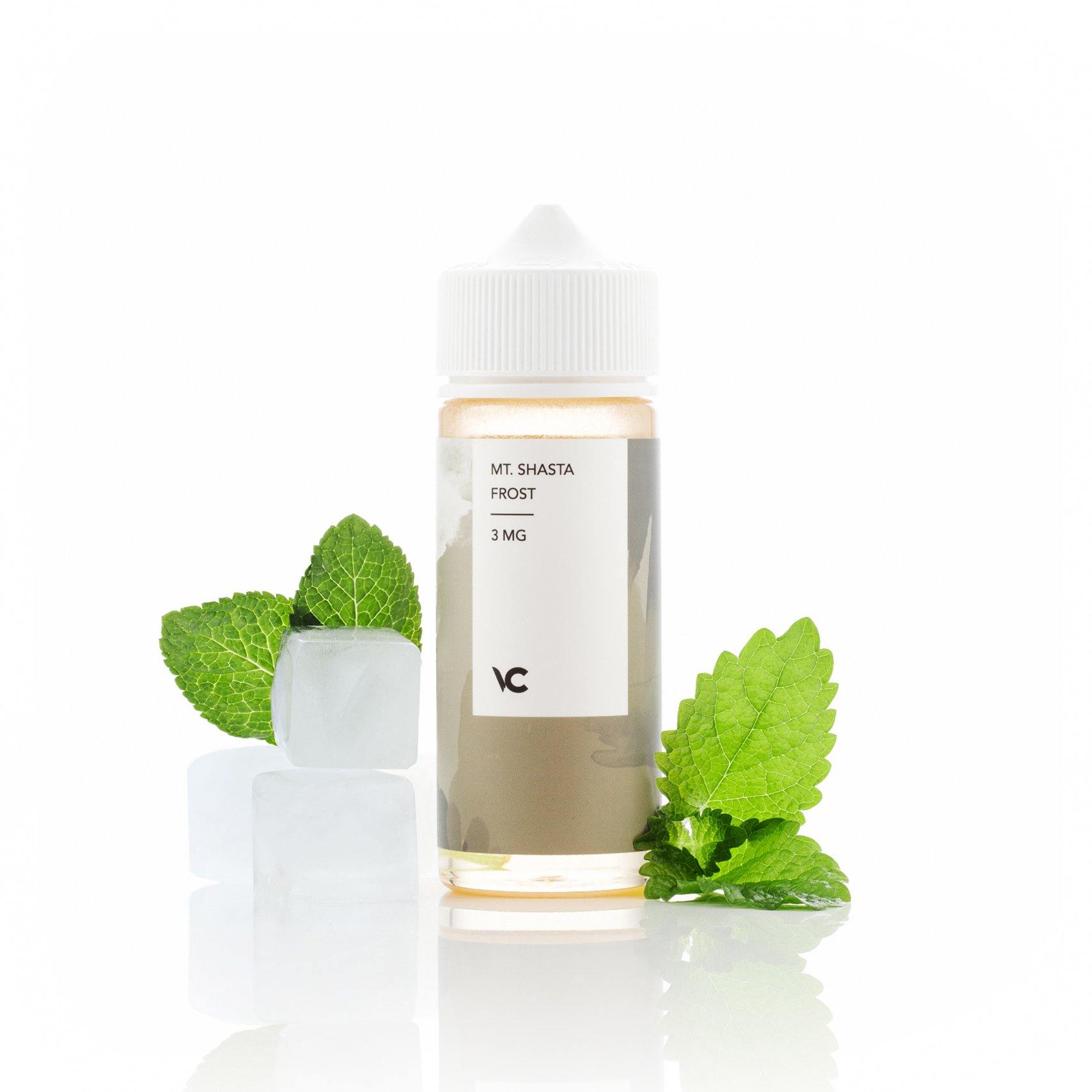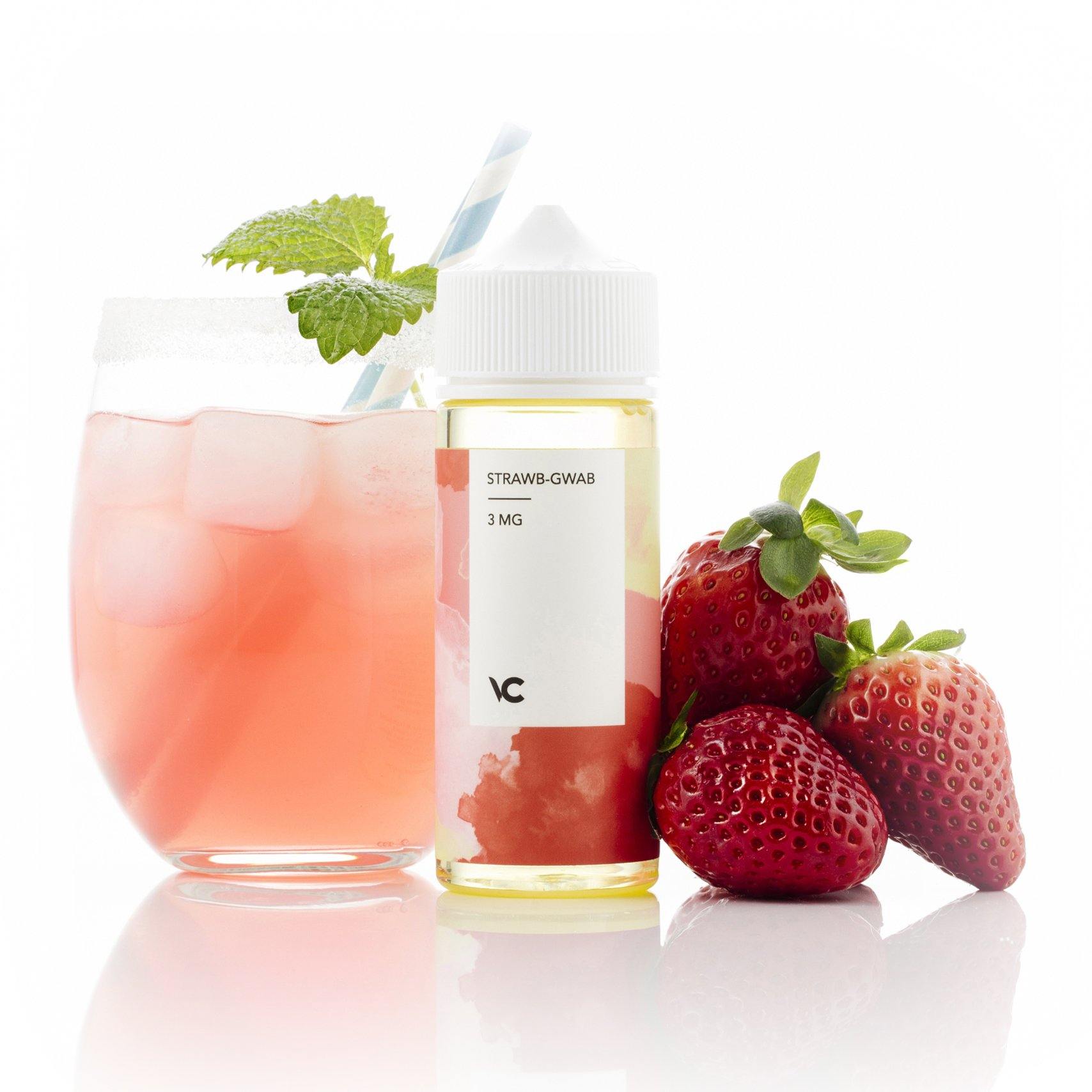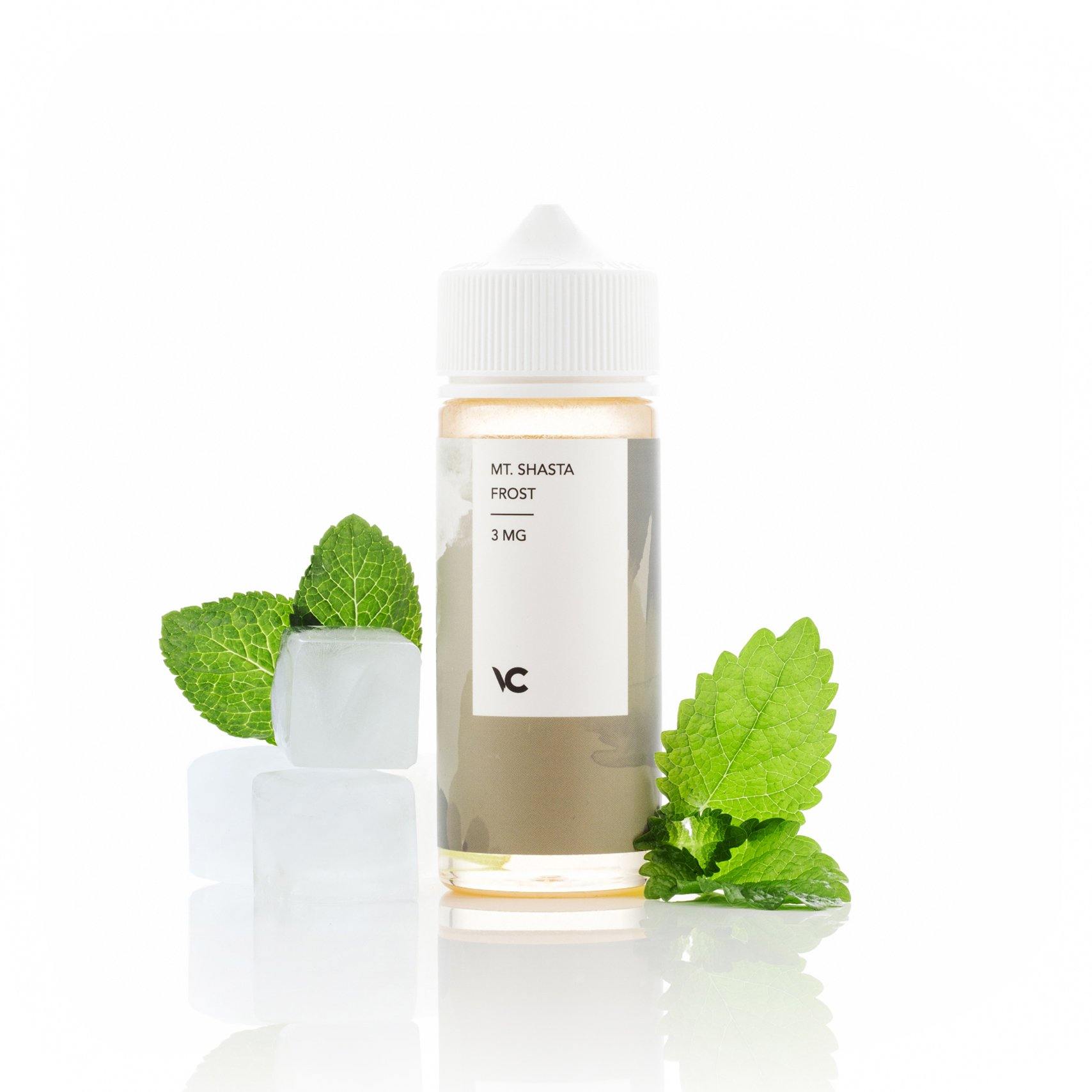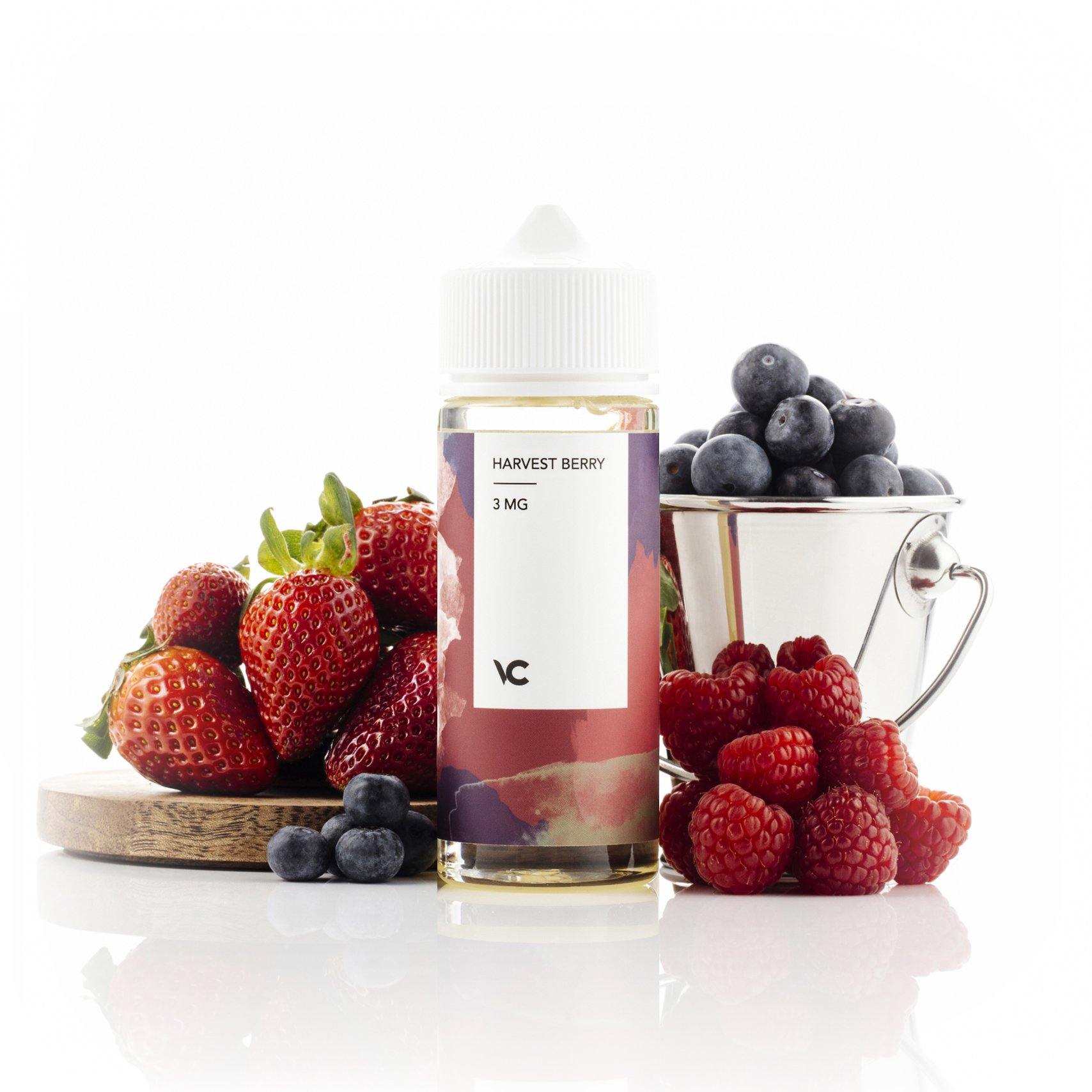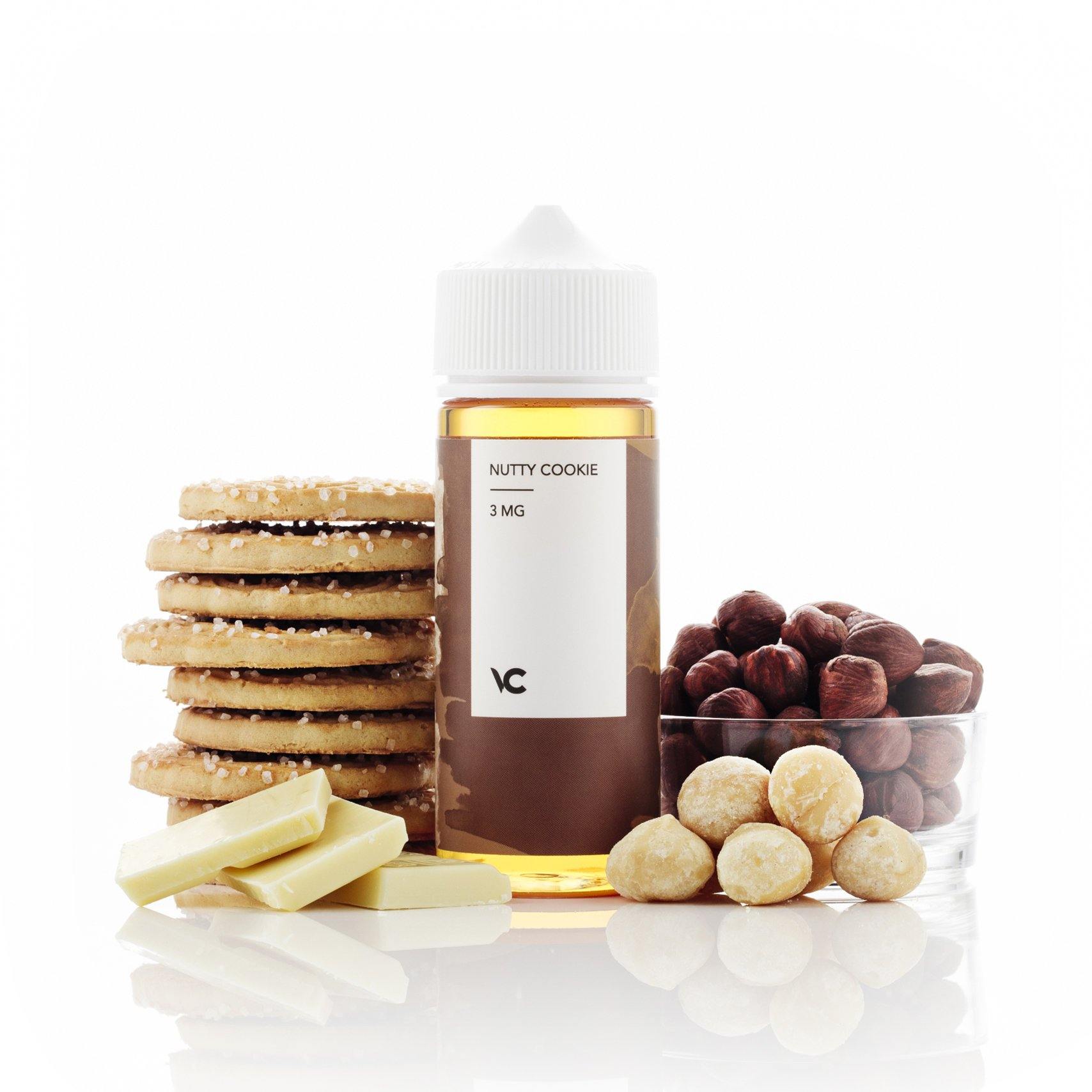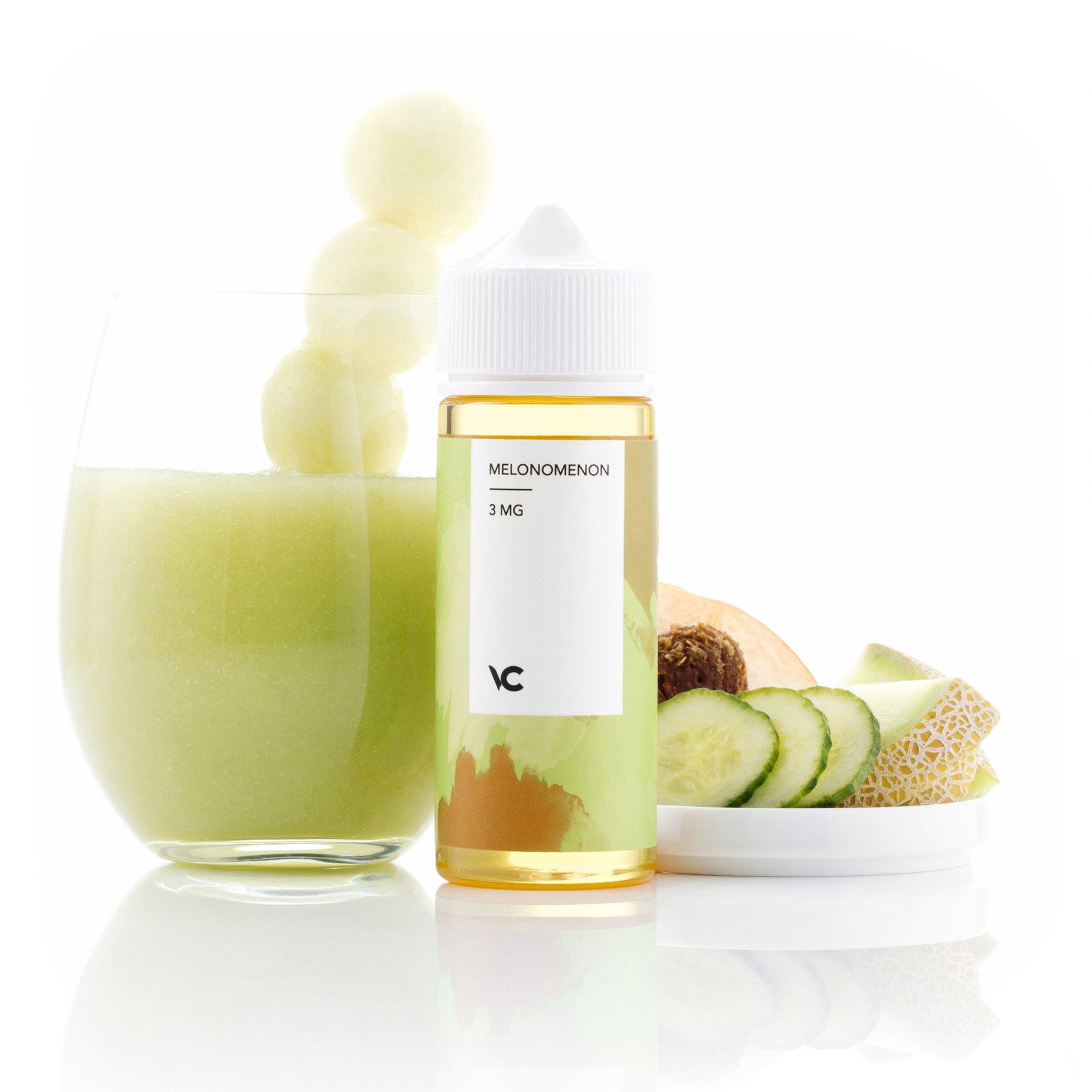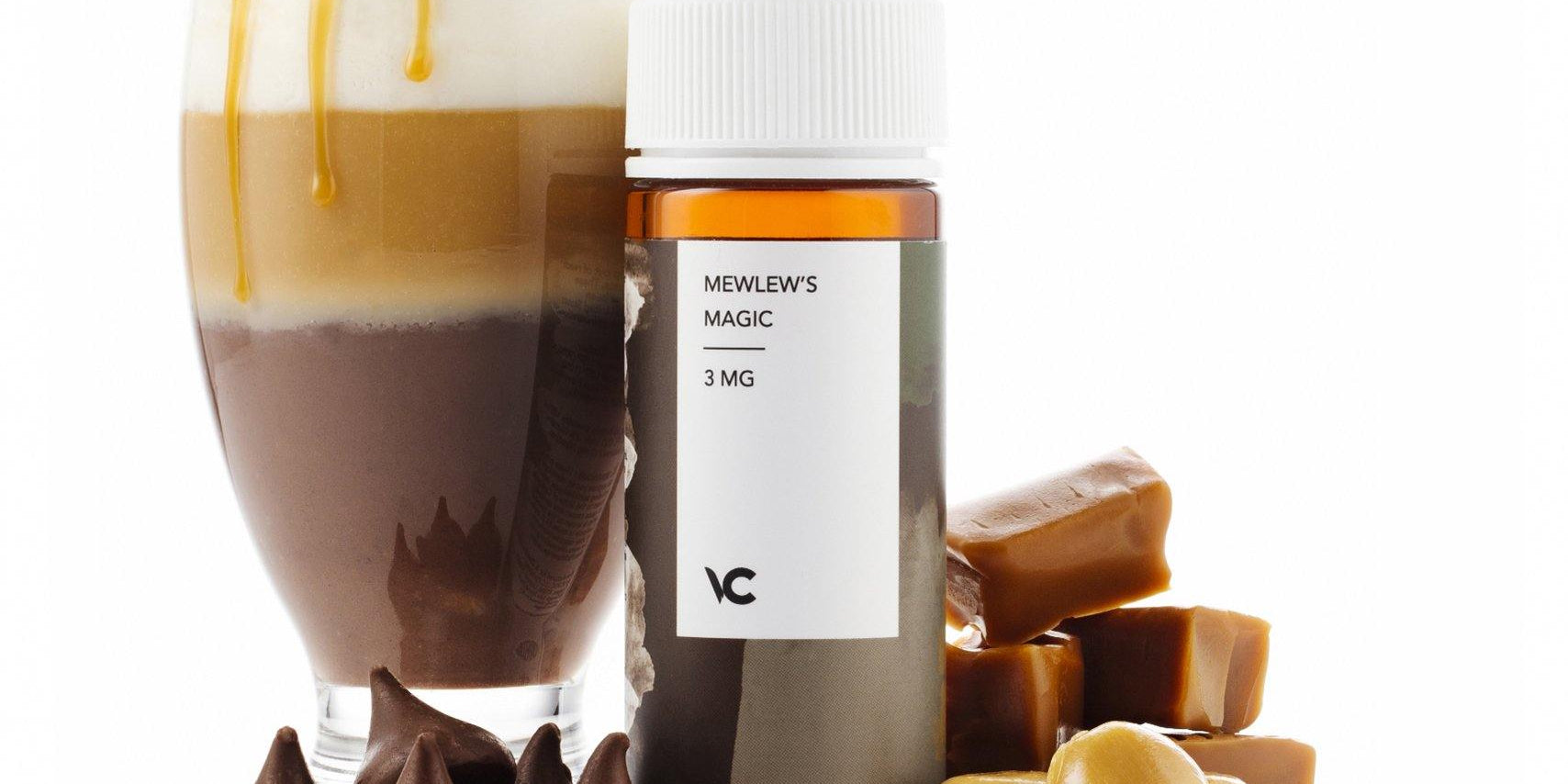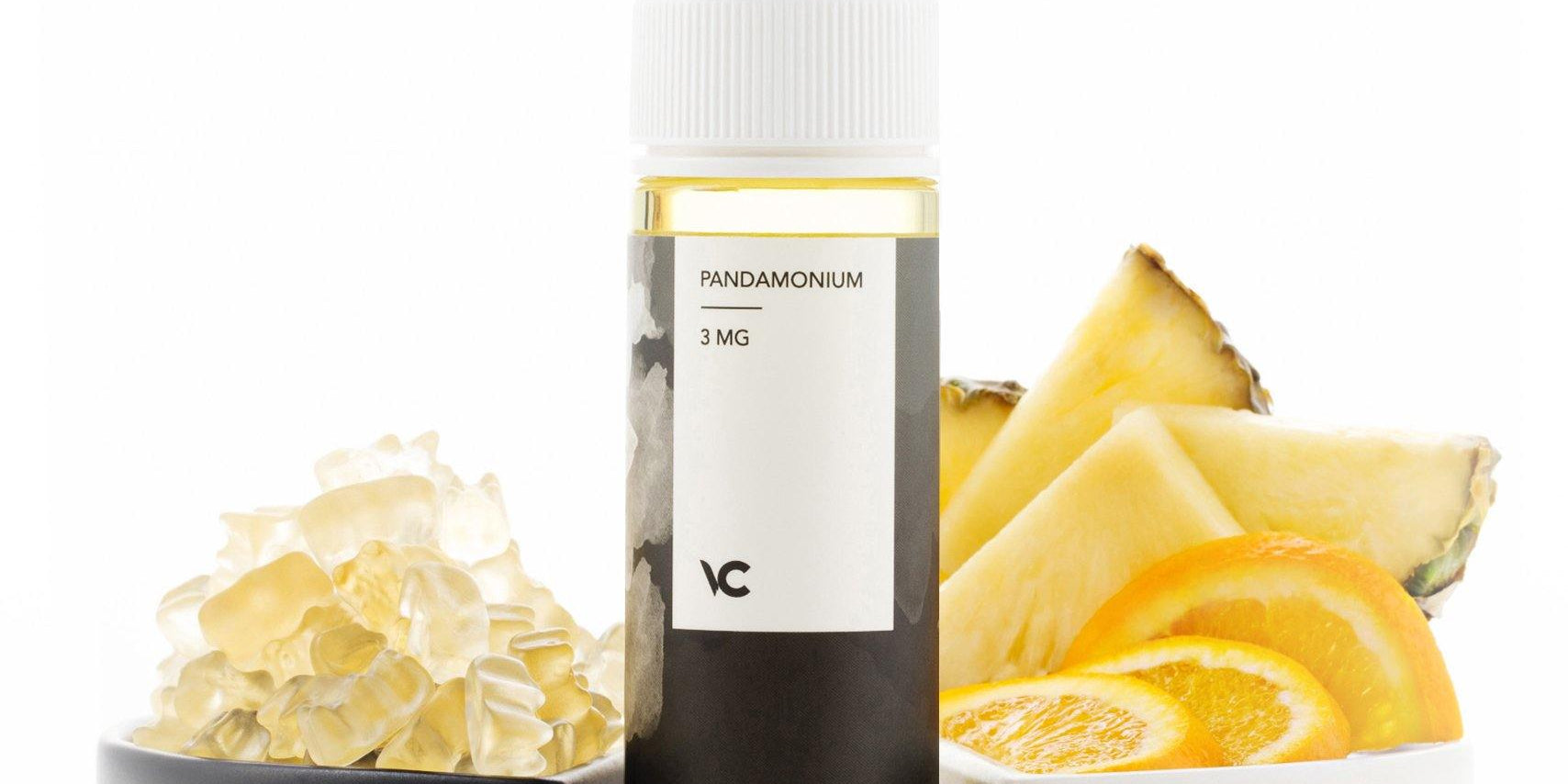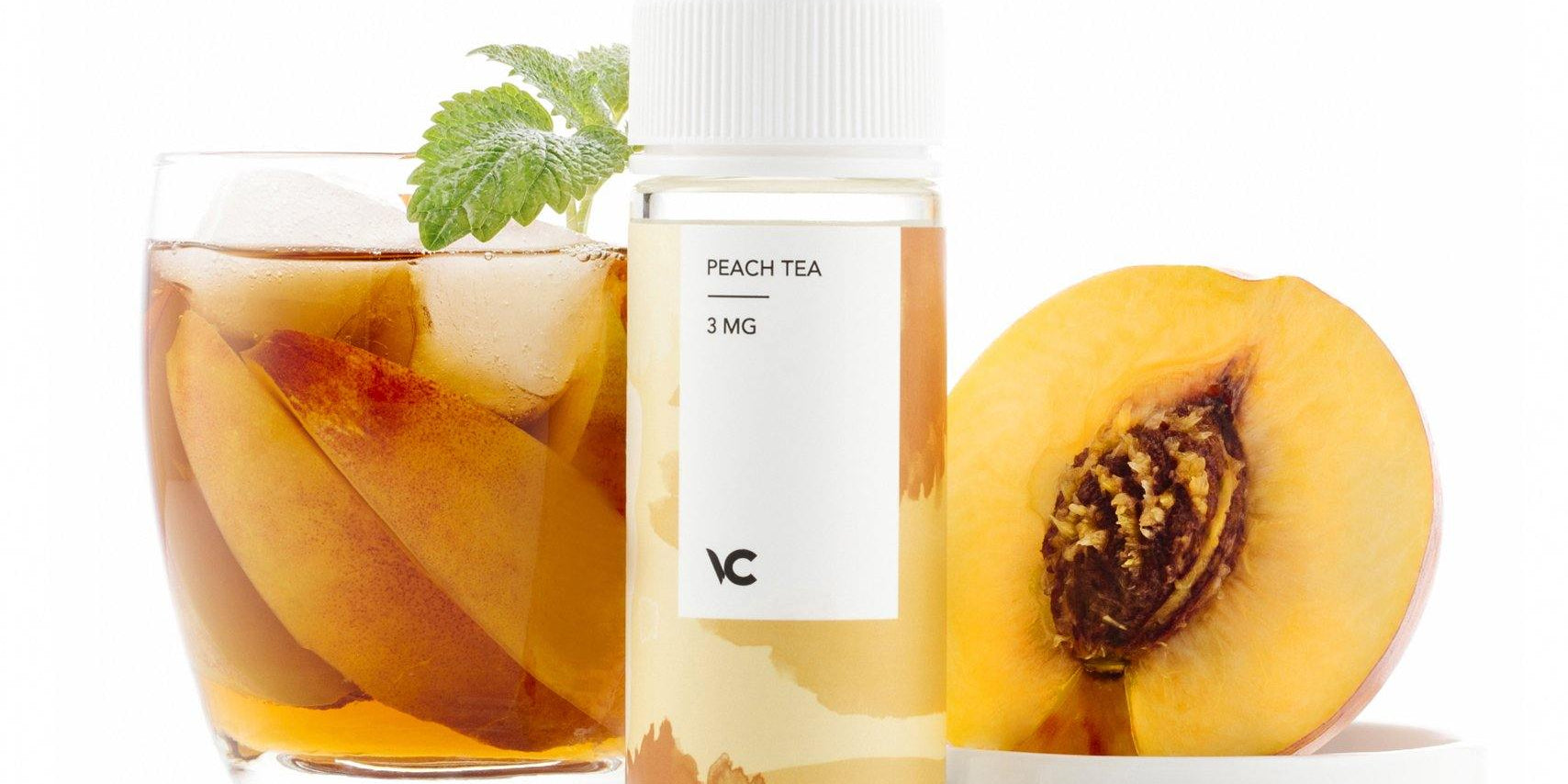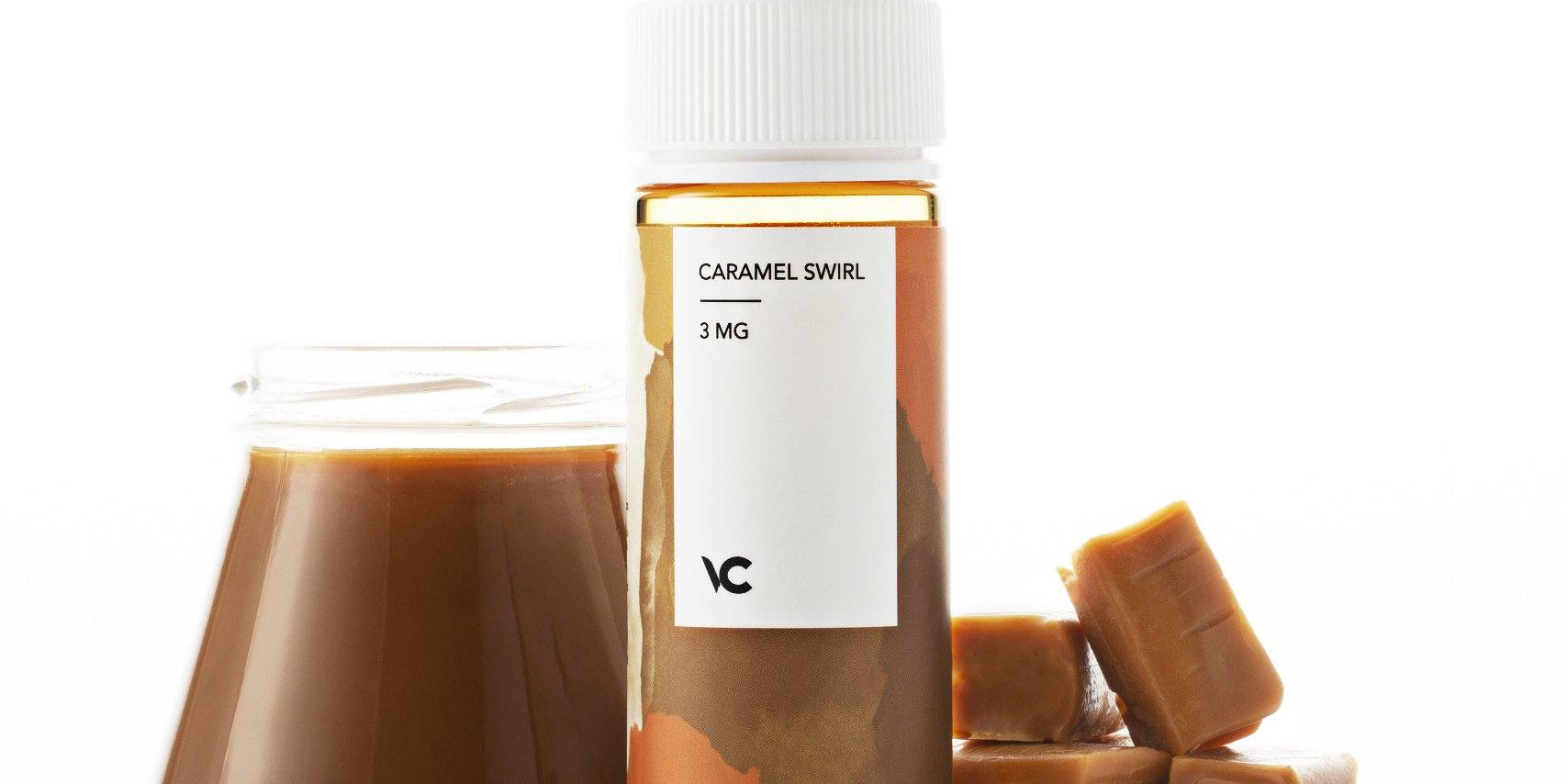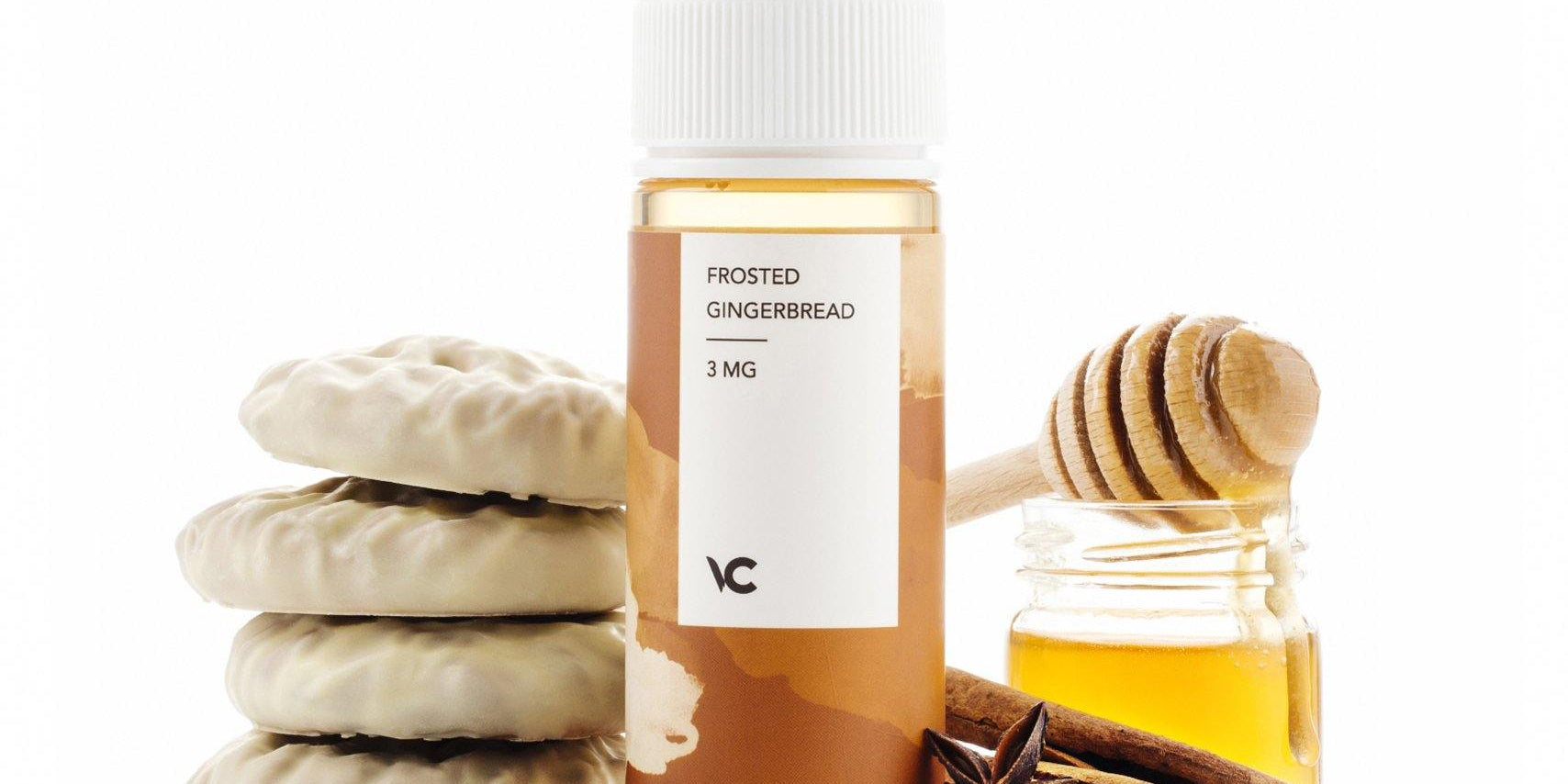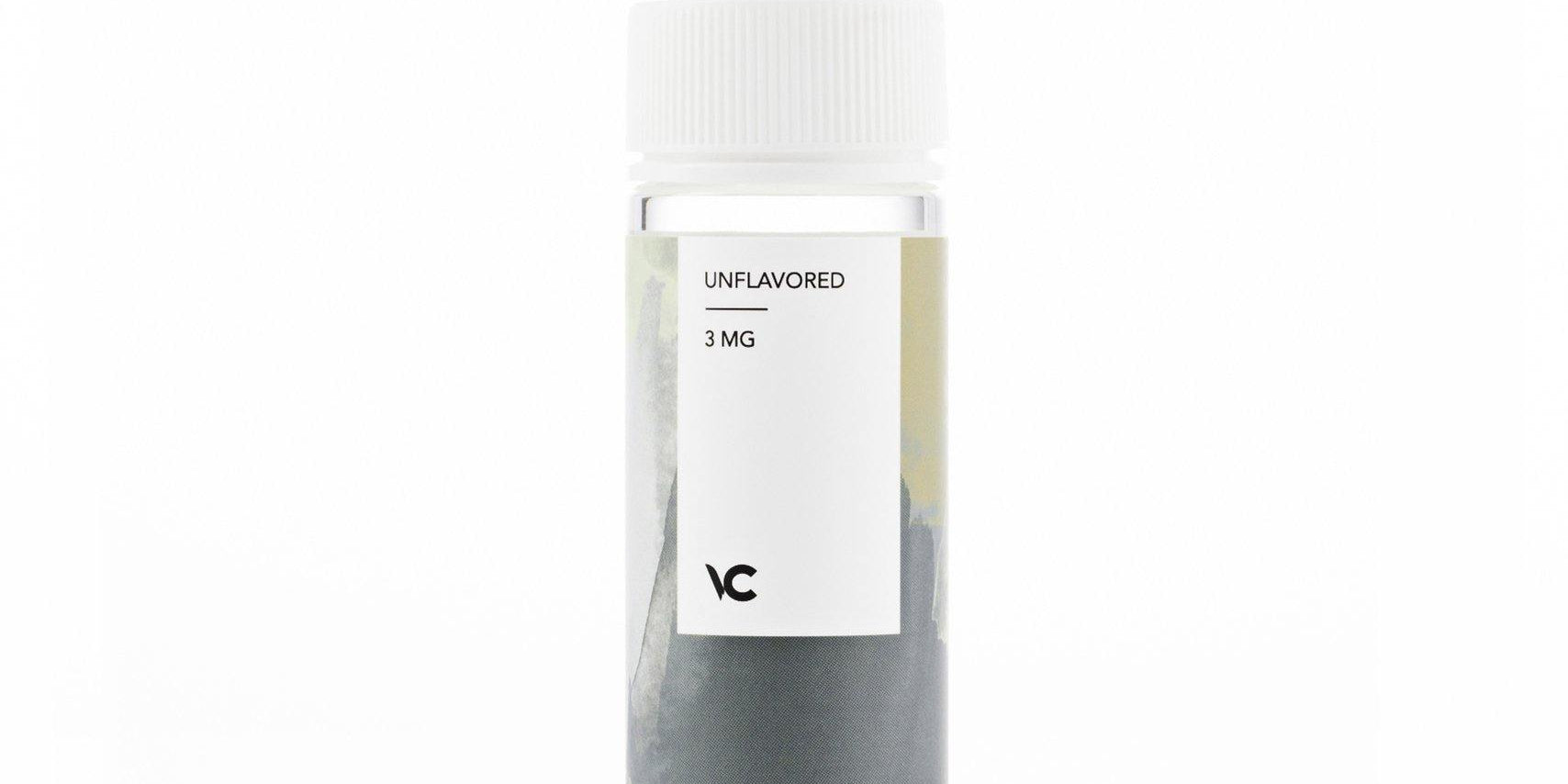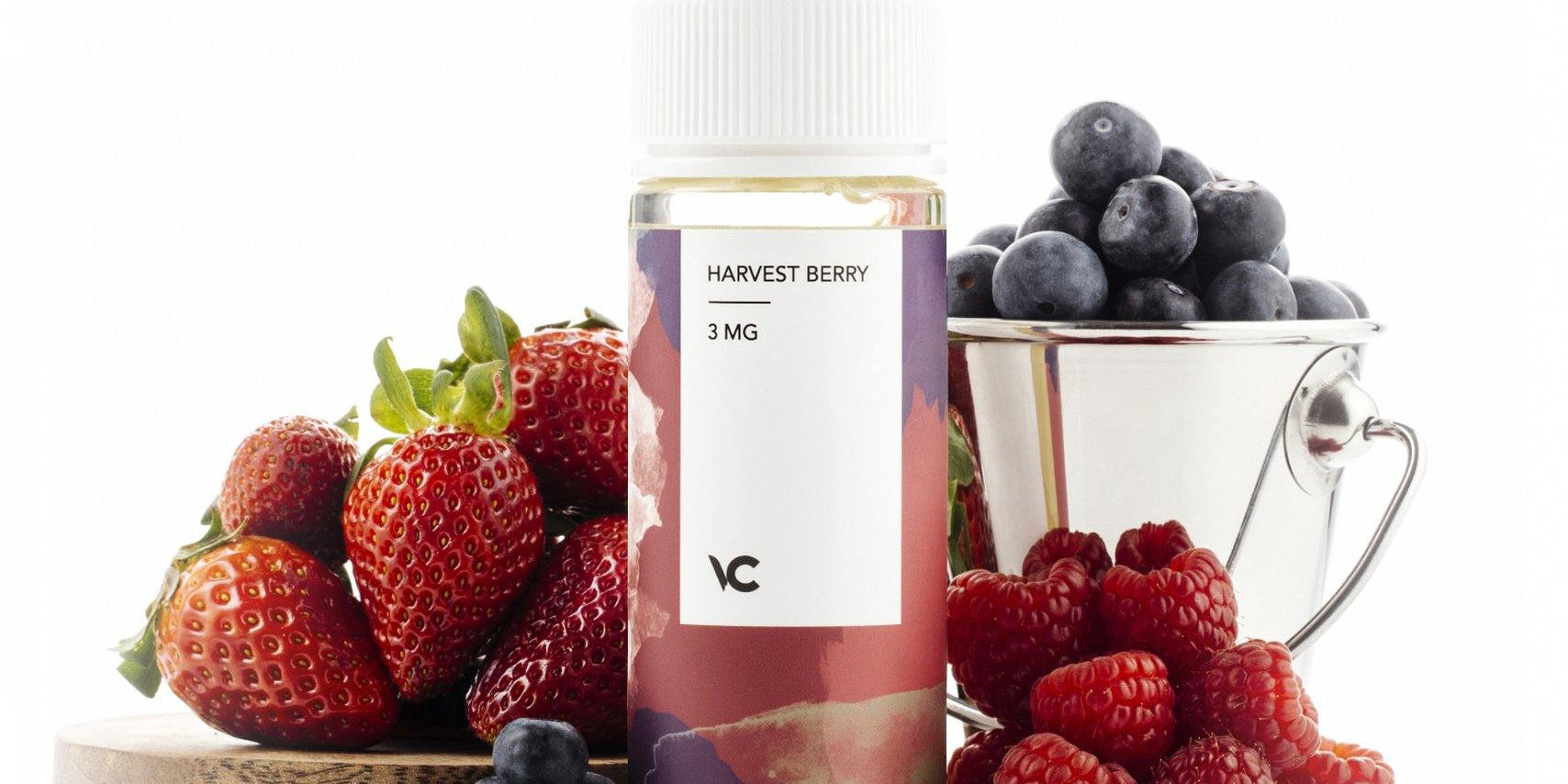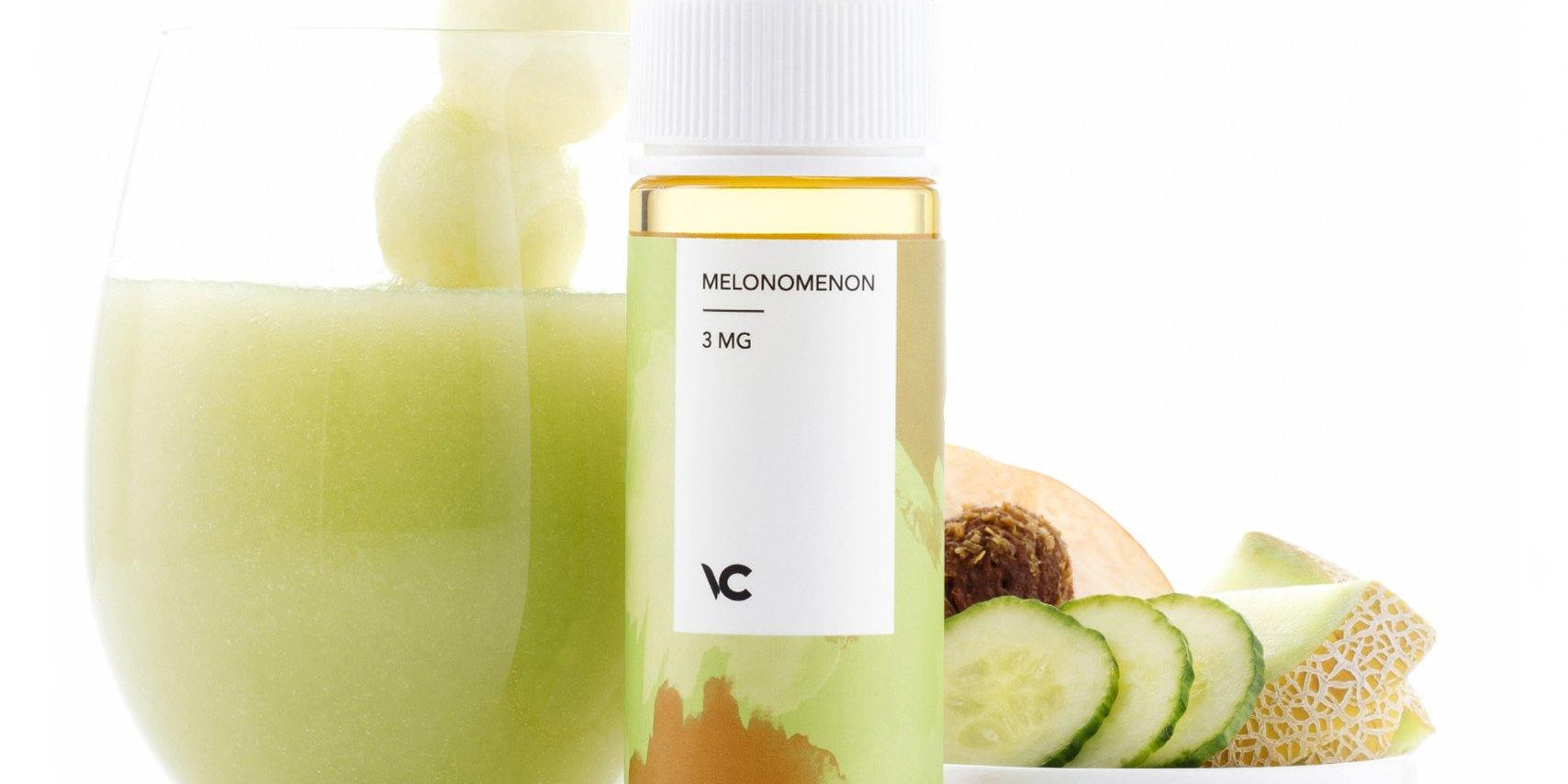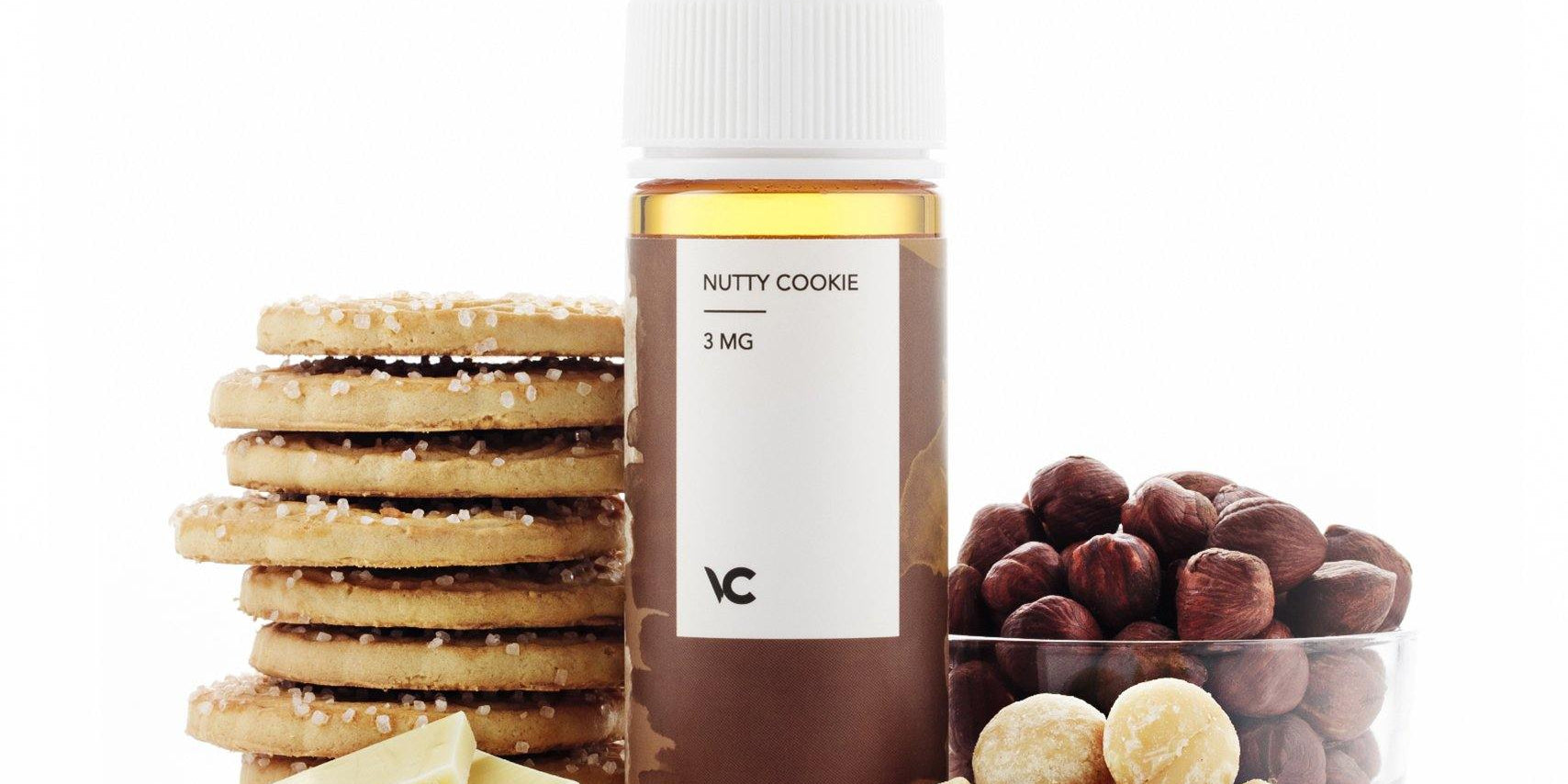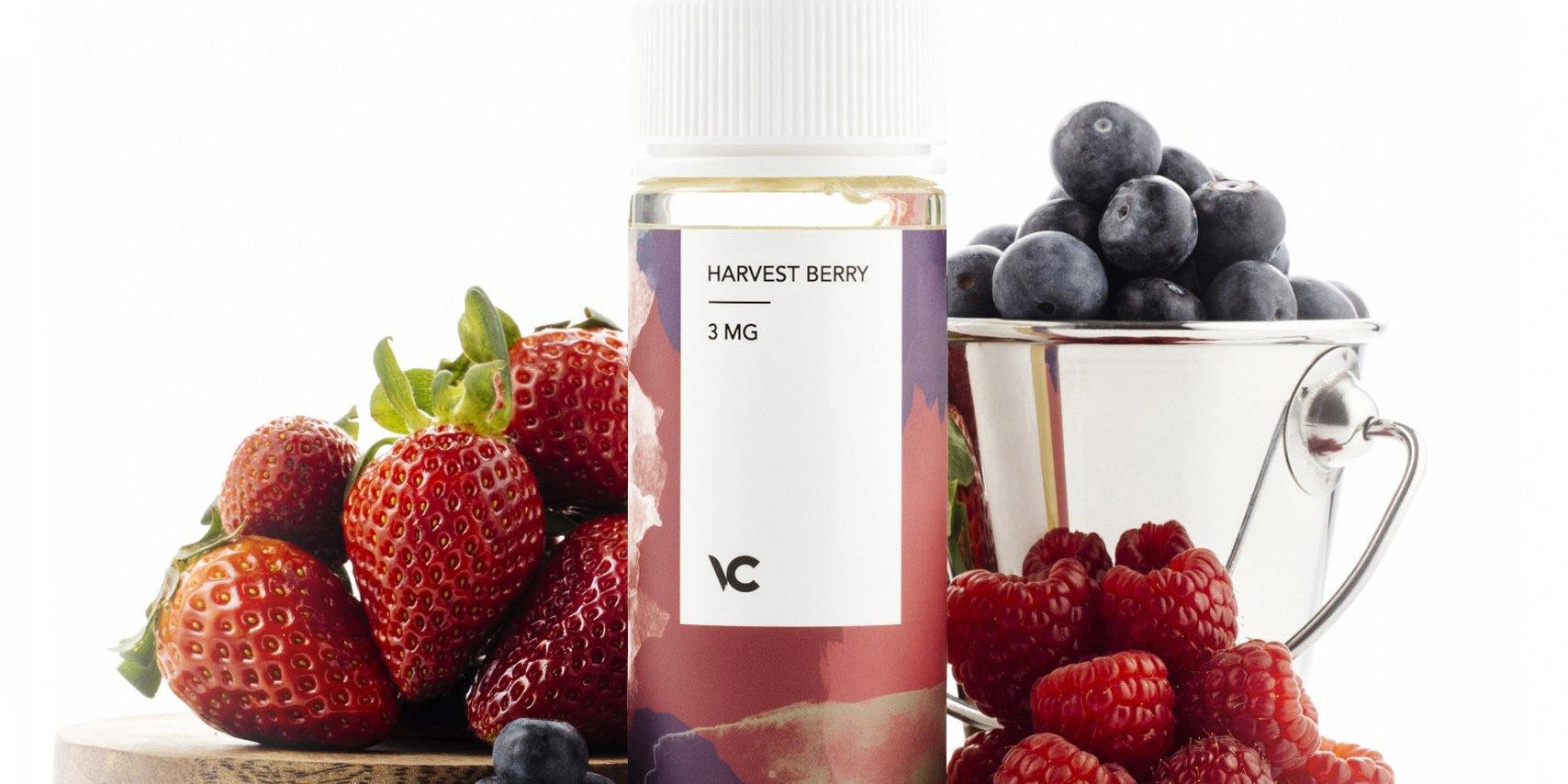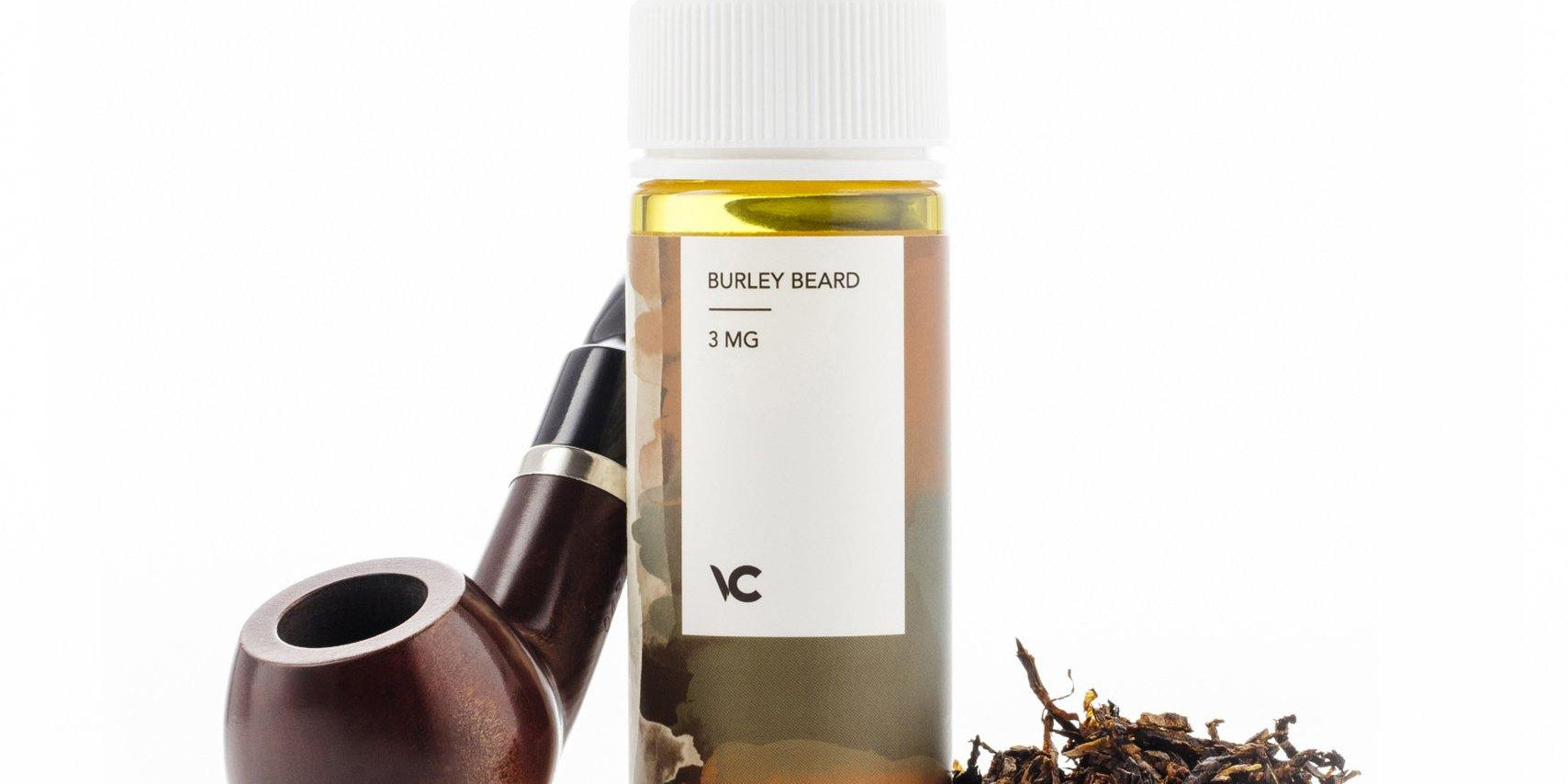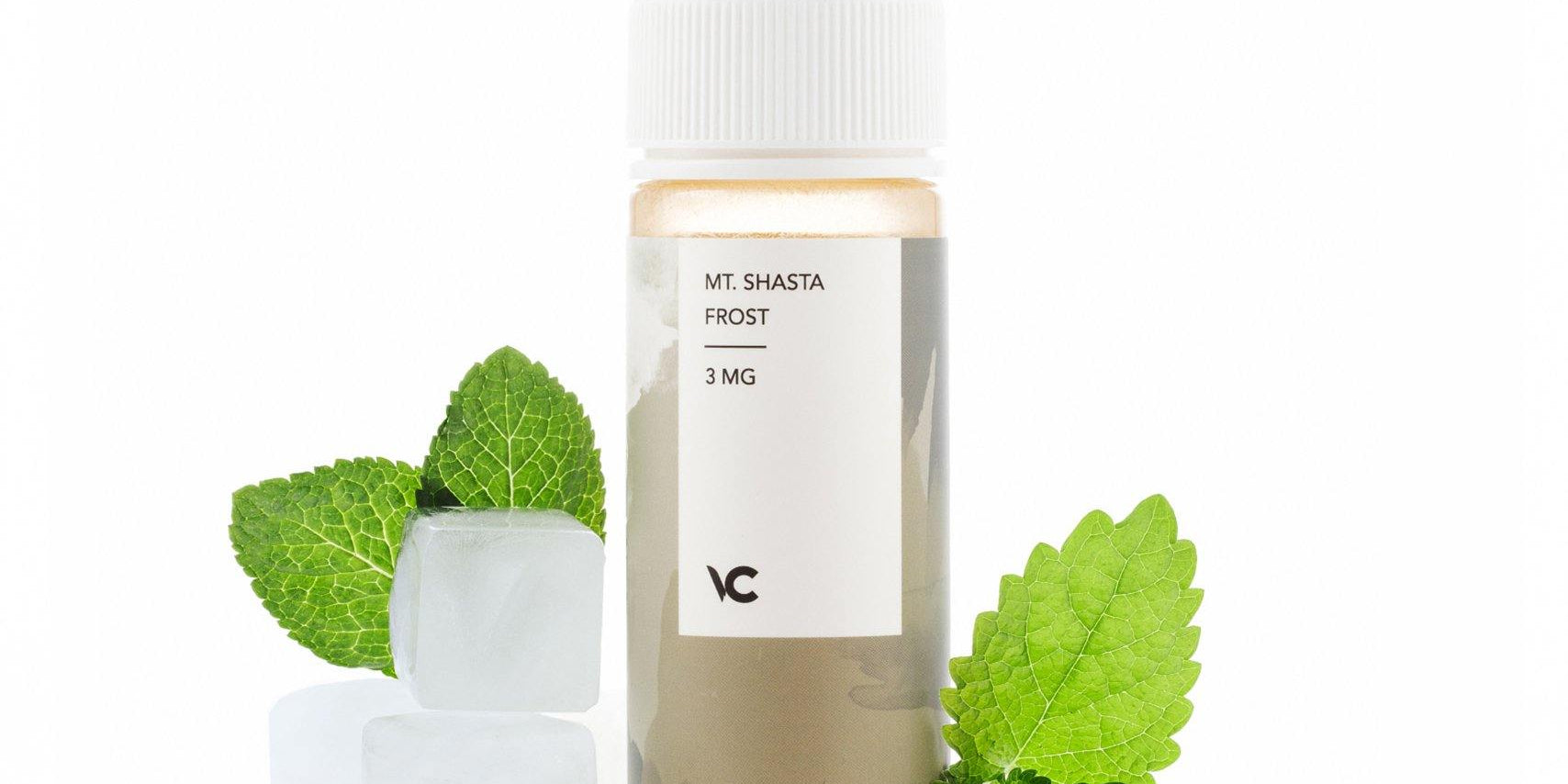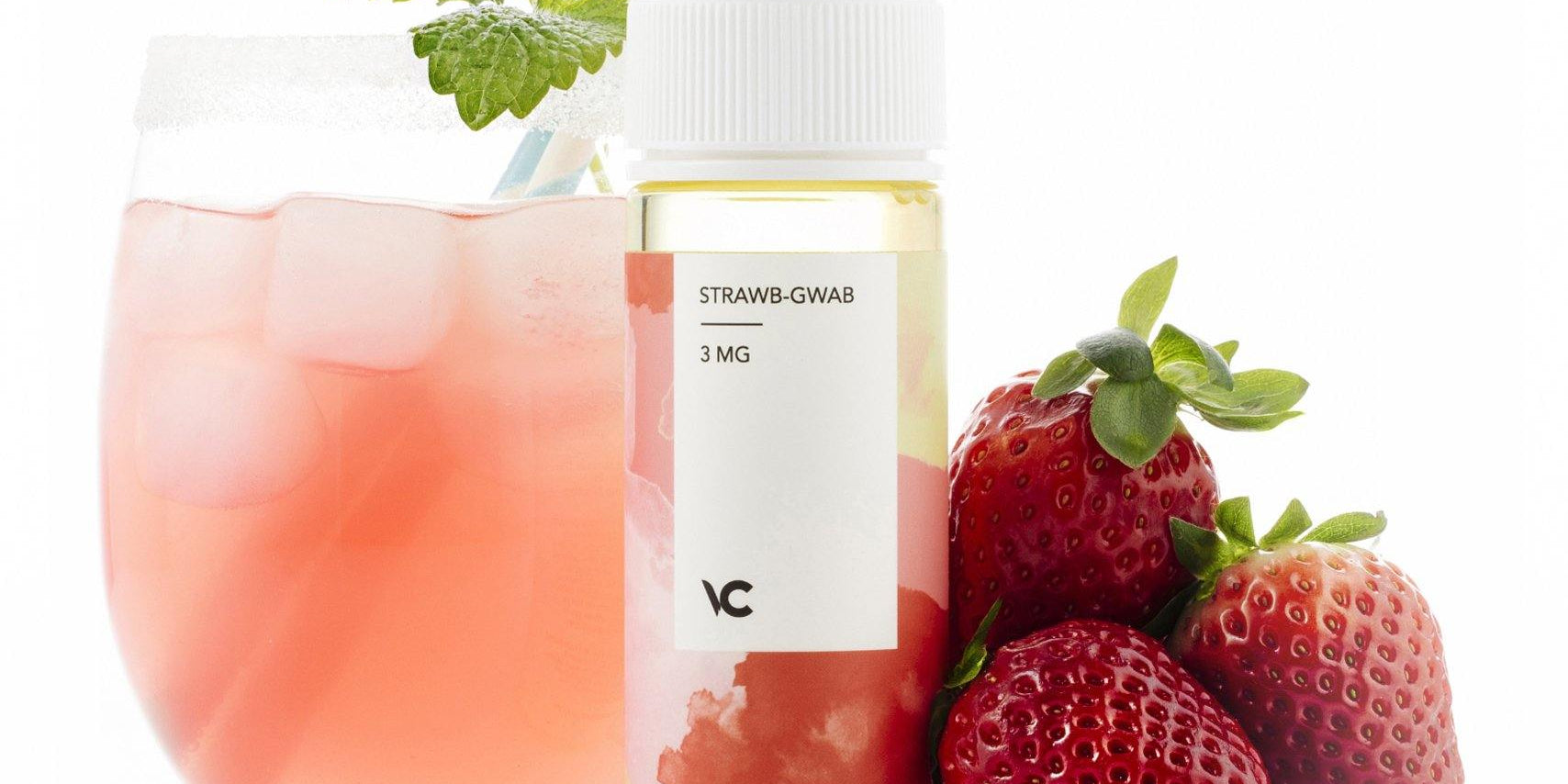What is Vape Juice?
Vape juice, or e-liquid, is the potent formula that powers electronic cigarettes to create a satisfying, inhalable vapor. Solutions come in various flavors, vapor thicknesses, and nicotine options, including nicotine-free vape juices.
Vape Juice Explained: The Main Components
What is vape juice in terms of the recipe? Vape juices contain a few core ingredients, contributing to their aromatic flavors and powerful effects. The main elements include propylene glycol, vegetable glycerin, nicotine, and flavorings.
Propylene Glycol
PG is a colorless, odorless liquid that creates vapor when smoked. The solution acts as a carrier for flavorings and provides a strong throat hit, similar to traditional cigarettes. PG has a thin consistency, which quickly absorbs into the wicking material of vape coils. This matters because it ensures efficient and consistent vapor production.
Vegetable Glycerin
Like propylene glycol, VG is a liquid that creates vapor in heated e-cigarettes. However, unlike PG, VG produces thicker clouds and offers a smoother throat hit. VG is typically derived from plant oils, including palm, soy, or coconut. Its slightly sweet taste influences the vape juice’s overall flavor.
Nicotine
Nicotine is a substance derived from tobacco plants that provides the stimulating effect many people seek when vaping. E-liquids can be nicotine-free. However, nicotine-filled vapes either contain the freebase standard form or nicotine salts, which offer a smoother experience at higher concentrations. This compound stimulates dopamine release in the brain, leading to feelings of pleasure and reward. It can also be highly addictive.
Flavorings
These food-grade additives give vape juices unique tastes, ranging from fruity and sweet to savory and tobacco-like. They typically consist of a blend of natural and artificial flavors that can influence vape juice's color and consistency.
How Are Vape Juices Made?
Vape juice production involves several meticulous steps to ensure safety, consistency, and quality.
Ingredient Selection
Vape juice manufacturing generally begins with high-quality, pharmaceutical-grade propylene glycol, vegetable glycerin, nicotine, and food-grade flavorings. Optional additives like sweeteners and cooling agents must also meet stringent quality and safety standards.
Formulation
Expert mixologists then create precise vape juice formulas by balancing the PG/VG ratio, nicotine concentration, and flavoring percentages. Afterward, they test the batches to refine the blend, ensuring the desired taste, throat hit, and vapor production.
Mixing and Steeping
Perfected batches then move to the mixing phase, where specialized equipment blends the e-liquid ingredients. After combining, the solution often sits to allow the flavors to meld and mature.
Quality Control
The final e-liquid then undergoes rigorous testing for safety, consistency, flavor accuracy, and nicotine strength. Lab analysis confirms that the batch is free from contaminants and contains the proper PG/VG ratios and nicotine levels.
The manufacturer then assigns unique identifiers to each batch for recall and quality assurance (QA) tracking purposes.
What Products Can Vape Juices Be Used With?
Vape juices are versatile liquids you can use in many vaping devices.
Vape Pens (Second-Generation E-Cigarettes)
Also known as second-generation e-cigarettes, vape pens are slim, cylindrical smoking devices. Some use refillable cartridges that can be loaded with various e-liquids and variable wattage and airflow controls. Other disposable vape pens offer straightforward features that are perfect for those who want simplicity and portability.
Pod Systems
Compact vape devices that come in refillable and disposable varieties. Most are rectangular or oval and compatible with nicotine salt and standard e-liquids. These systems are ideal for balancing convenience and performance.
Vape Mods (Box Mods)
Vape or box mods are larger and more advanced than pens and pod systems. They use refillable cartridges and typically offer greater flexibility, such as adjustable wattage, temperature control, and the ability to use different coils and tanks. Vape mods are ideal if you want a highly customizable vaping experience.
Sub-Ohm Tanks
High-wattage vape devices with low-resistance coils. These allow more electricity to flow through than high-resistance coils, producing greater heat and vapor. They are best for high-VG e-liquids, which help produce large vapor clouds and intense flavor. These devices are trendy among cloud chasers and e-liquid flavor enthusiasts who seek a more robust vaping experience.
Choosing the Right Device
The right type of device to use with your vape juice is essential. As a beginner, you may prefer disposable vape pens or pod systems for their simplicity and ease of use. If you’re an intermediate vaper, you could opt for refillable devices that offer more customization and better performance. If you fall into the advanced camp, you may value control and customization over all else and might choose vape mods or sub-ohm tanks.
Vape Juice Explained: Benefits and Risks
Vape juice offers several benefits, particularly if you’re looking for a cigarette alternative. At the same time, e-liquids pose health risks, especially with long-term use.
Benefits of Using Vape Juice
Some of the benefits of vape juice include:
- Reduced harm compared to smoking standard cigarettes
- Control over nicotine intake
- Wide range of flavors
- Less odor and residue
- More cost-effective than cigarettes
- Provides smoking cessation support
Risks of Using Vape Juice
Risks of using vape juice include:
- Nicotine addiction and respiratory issues.
- Exposure to potentially harmful chemicals
- Battery safety is a risk of vape pens because improper handling or poor-quality batteries can lead to overheating, fires, or explosions.
- Risk of youth and non-smokers starting nicotine use
- Regulatory and quality assurance issues lead to risks such as inconsistent nicotine, unknown contaminants, and faulty batteries.
How to Choose the Right Vape Juice for You: What to Pay Attention to
Choosing the right vape juice for you depends on several factors, including price, features, quality, and compliance.
- Nicotine Levels: Consider the nicotine concentration that suits your preferences and needs, ranging from nicotine-free options to high-strength formulations.
- Flavor Options: Explore different flavors and choose one that appeals to your taste, whether fruit, dessert, menthol, or tobacco.
- PG/VG Ratio: Determine the appropriate propylene glycol (PG) and vegetable glycerin (VG) ratio based on your desired throat hit and vapor production. Higher PG offers a stronger throat hit, while higher VG produces more vapor.
- Ingredients: Check the ingredient list for high-quality, pharmaceutical-grade components, and avoid vape juices with harmful additives or unknown substances.
- Brand Reputation: Choose reputable brands known for quality and safety, supported by positive customer reviews and third-party lab test results.
- Compliance and Safety: Ensure the vape juice complies with relevant regulations and standards, and look for products that come with safety certifications and lab testing documentation.
- Price: Compare prices across different brands and retailers to find a product that fits your budget without compromising quality.
How to Store Vape Juices?
Always store vape juices in a cool place, ideally between 60-70°F (15-21°C), to maintain flavor and quality.
Other best practices include:
- Storing vape juices in a clean area away from dust, dirt, and other contaminants.
- Keeping vape juices away from direct sunlight to avoid degradation.
- Tightly sealing cartridges when not using them to prevent air from entering.
- Keeping vape juices out of reach of children and pets to prevent accidental ingestion or exposure.
